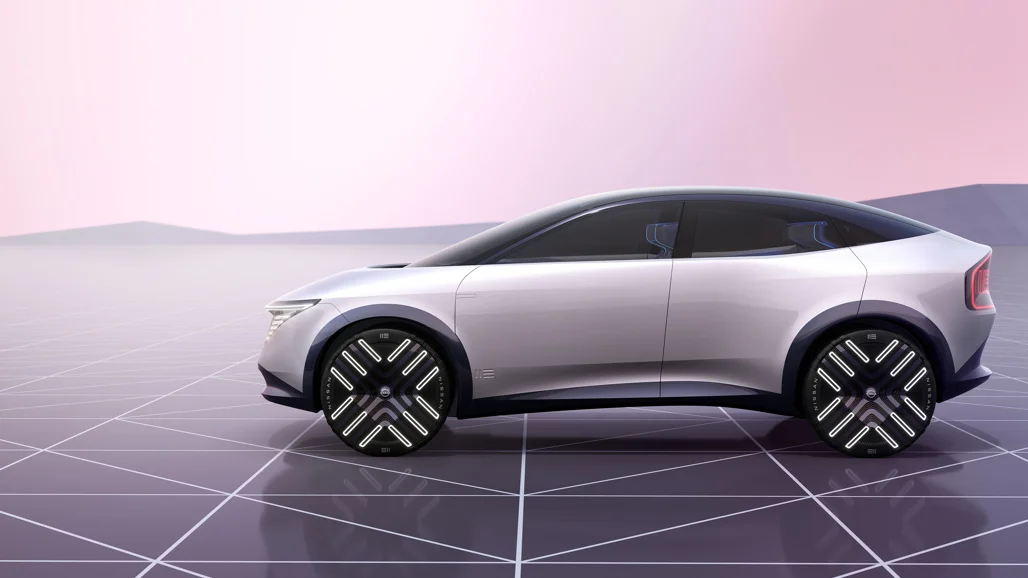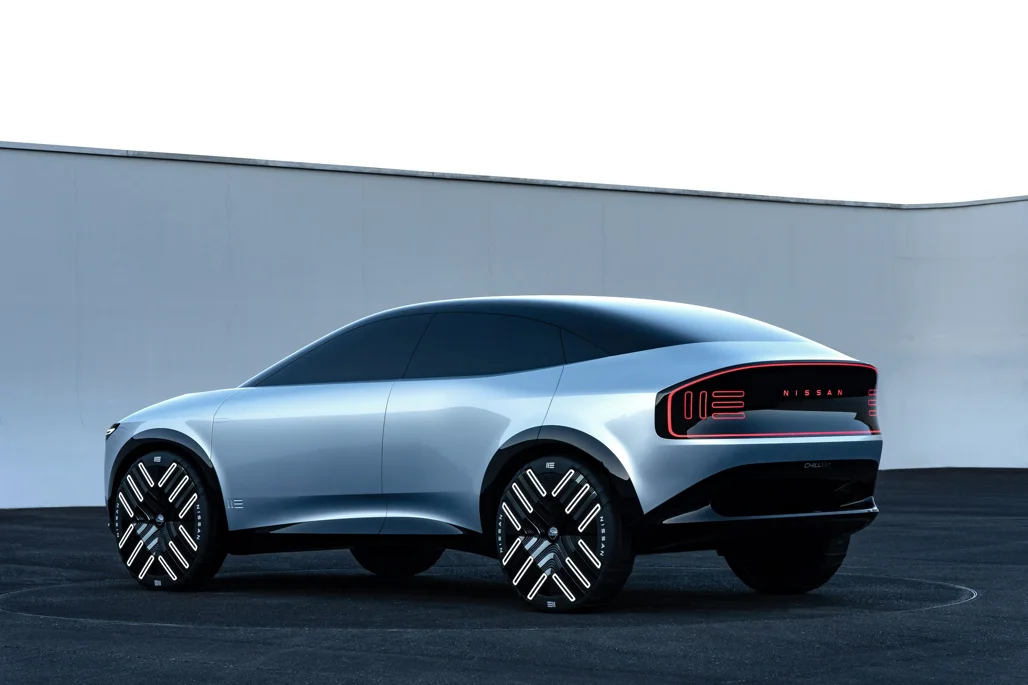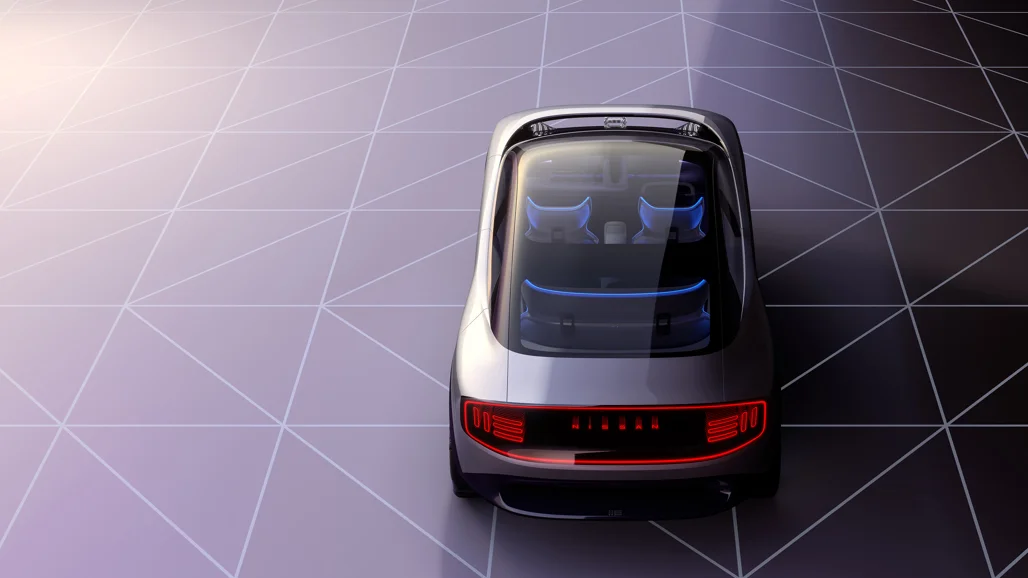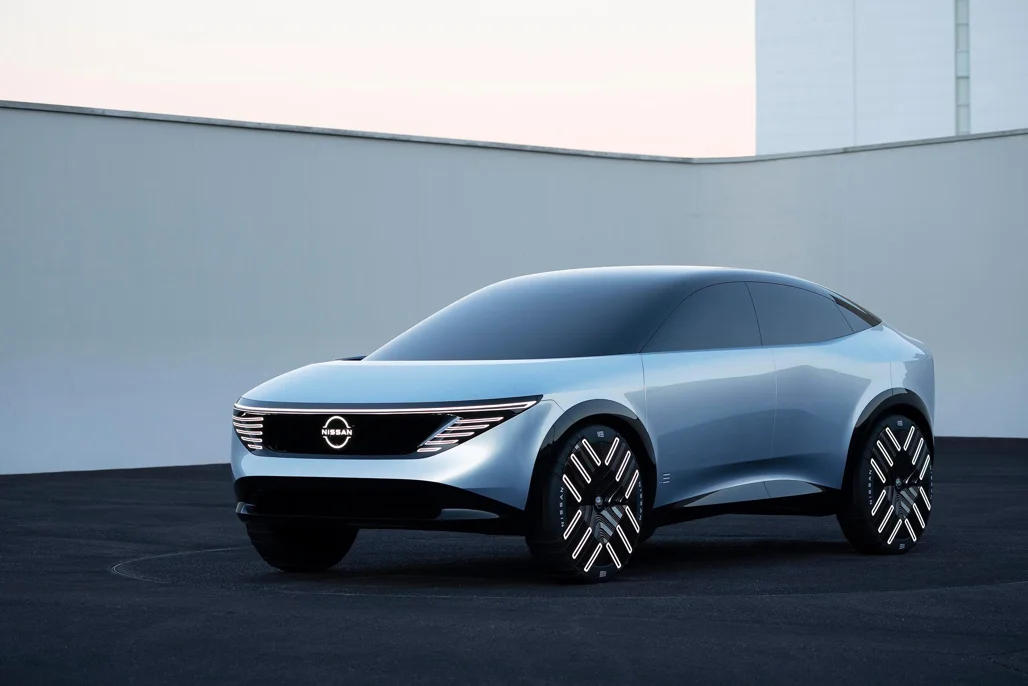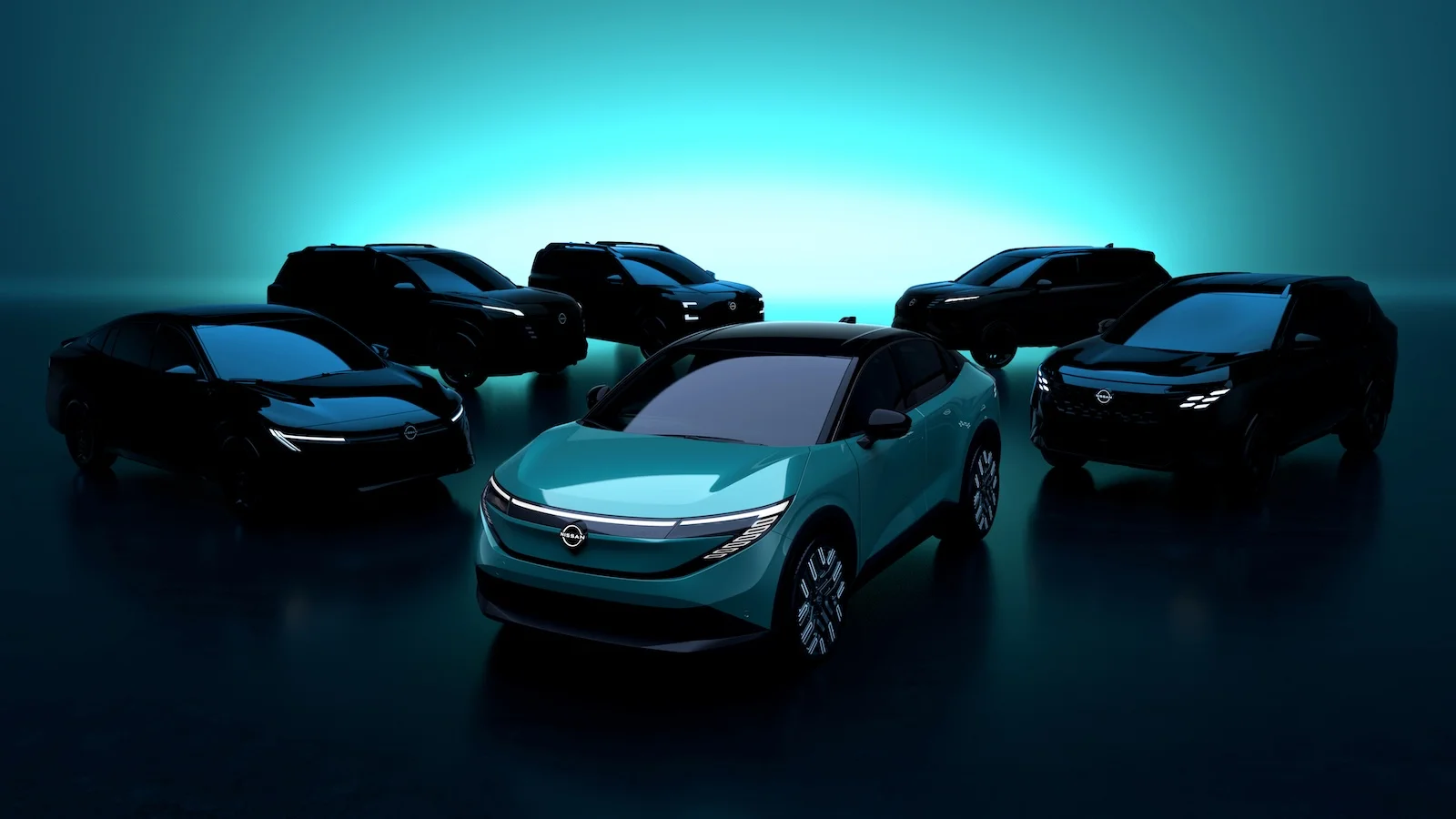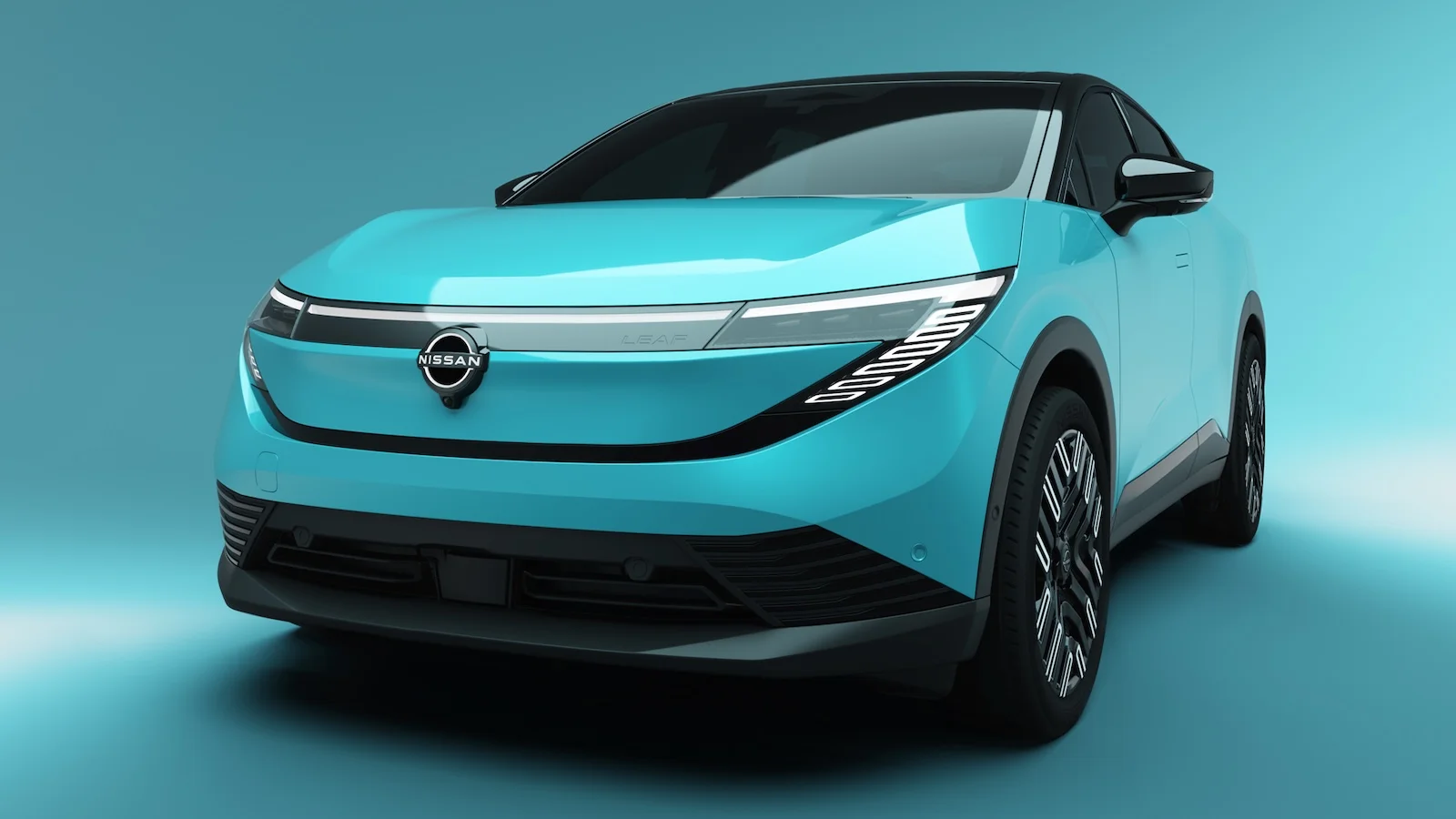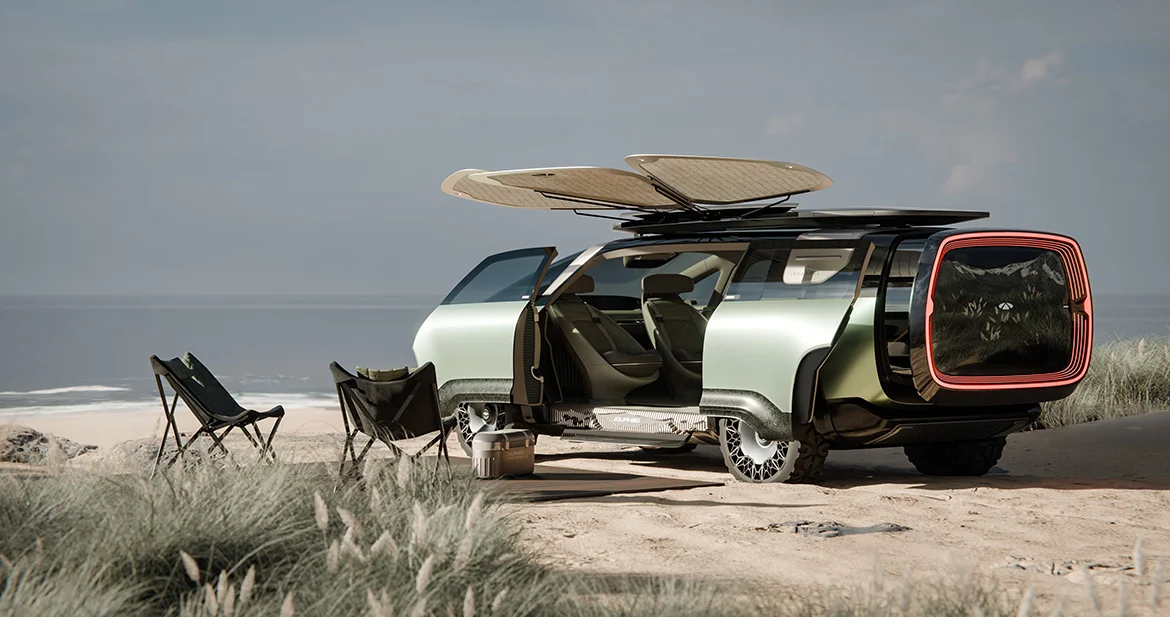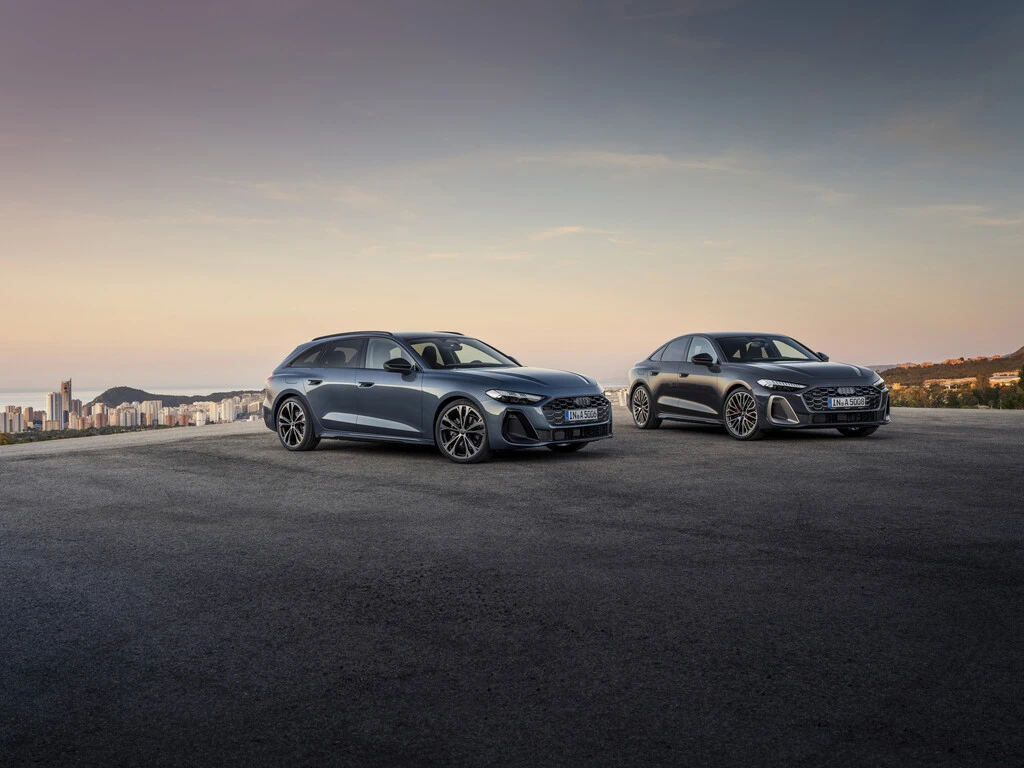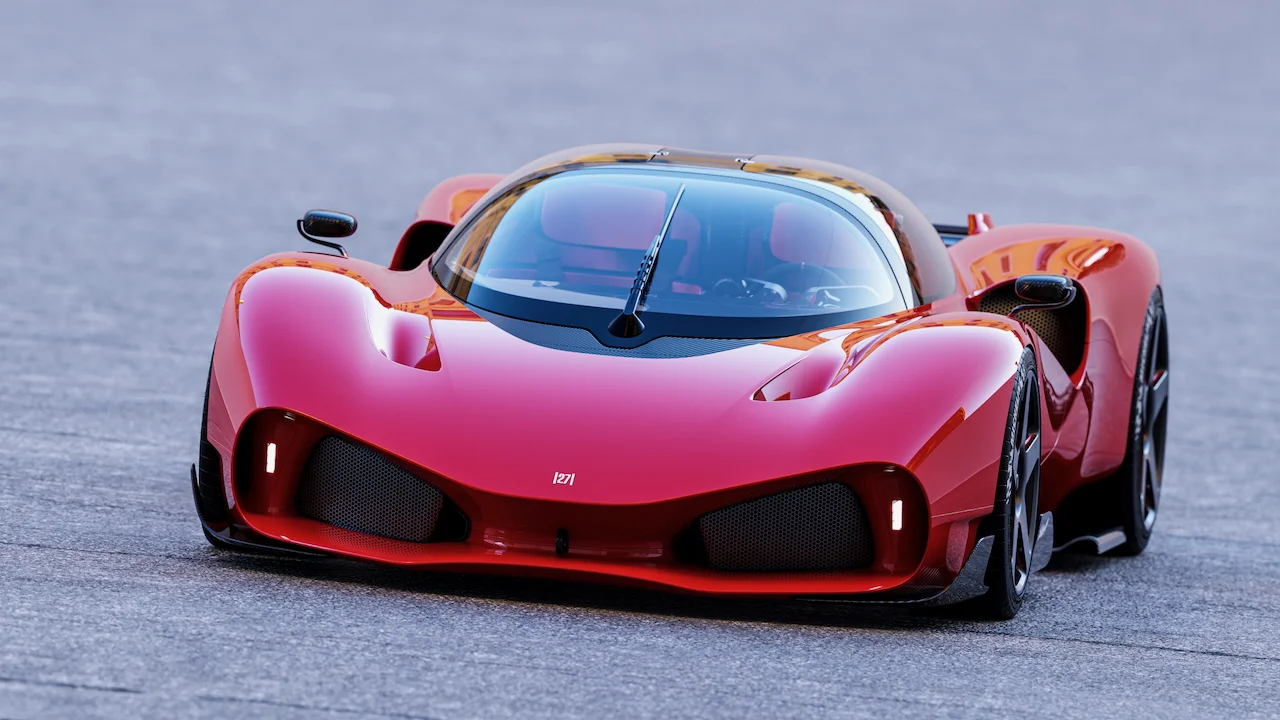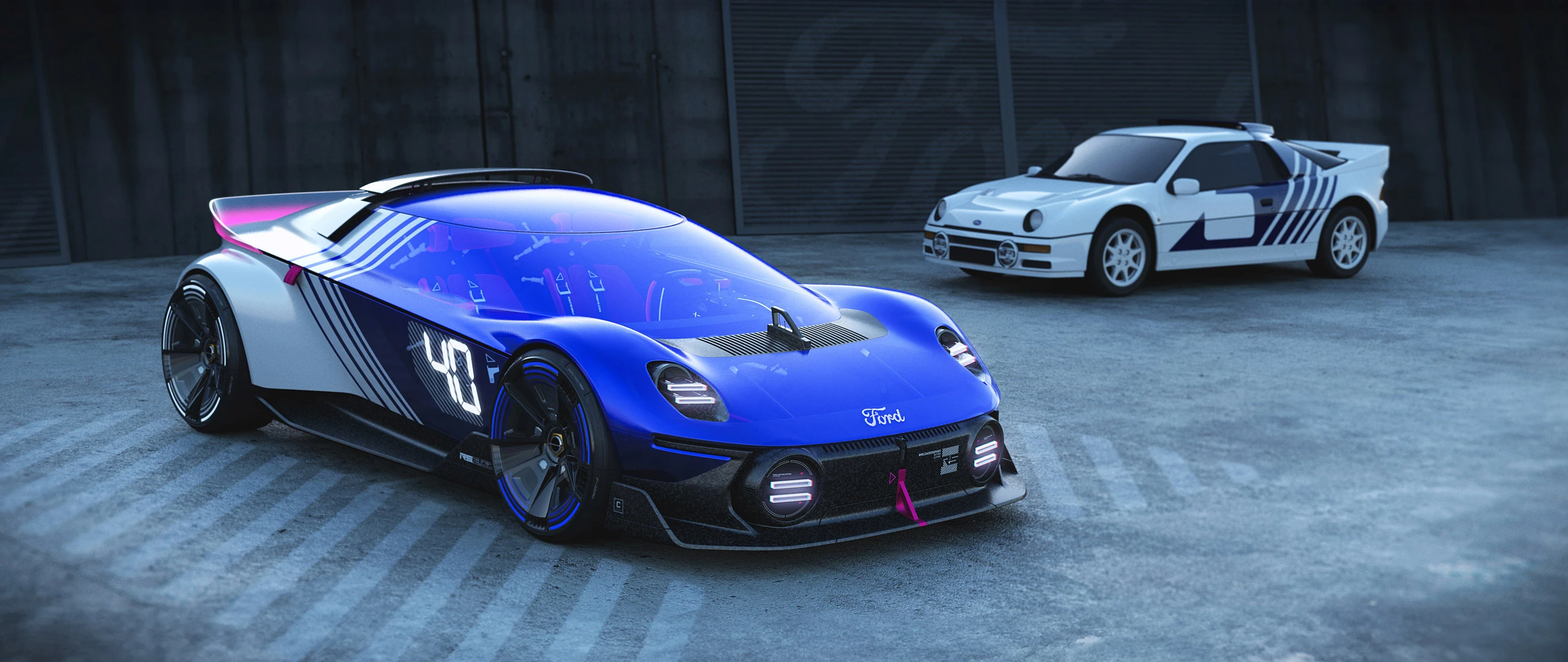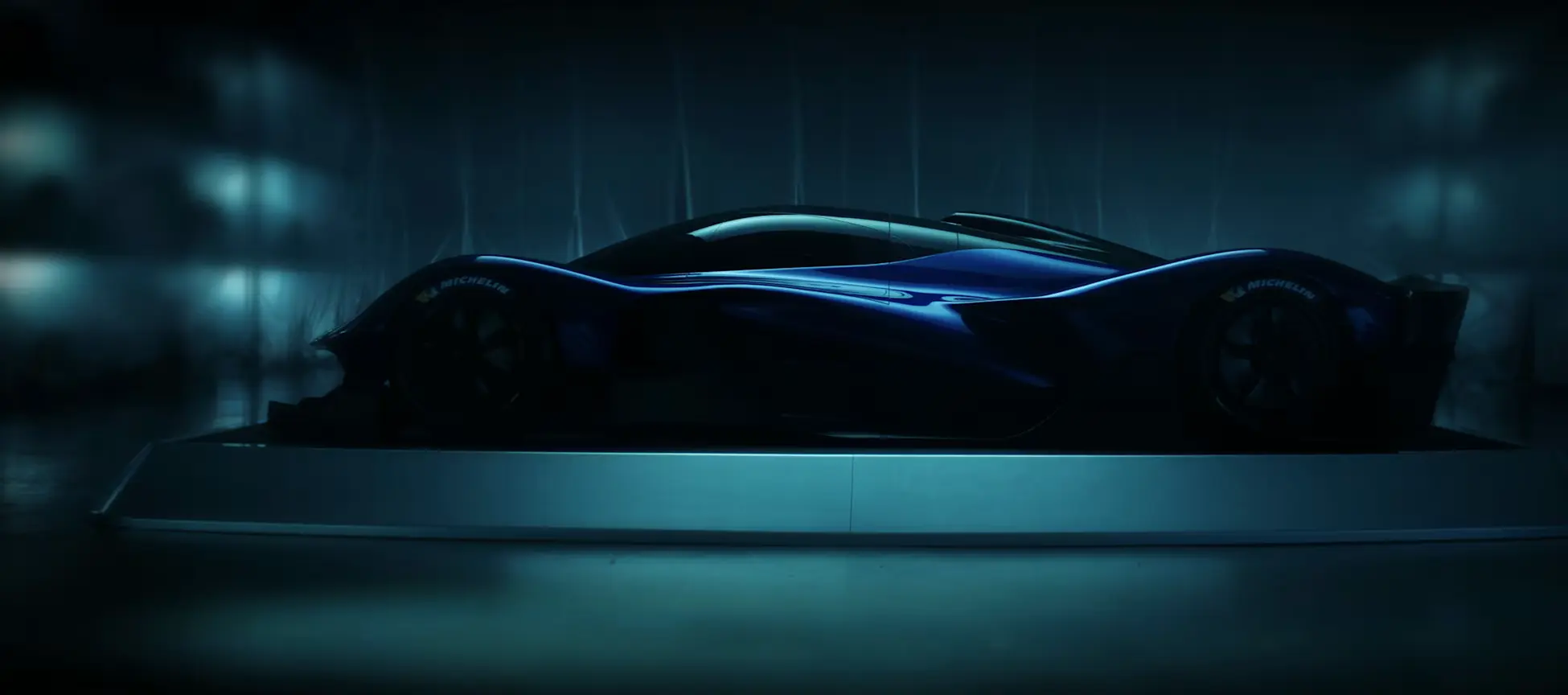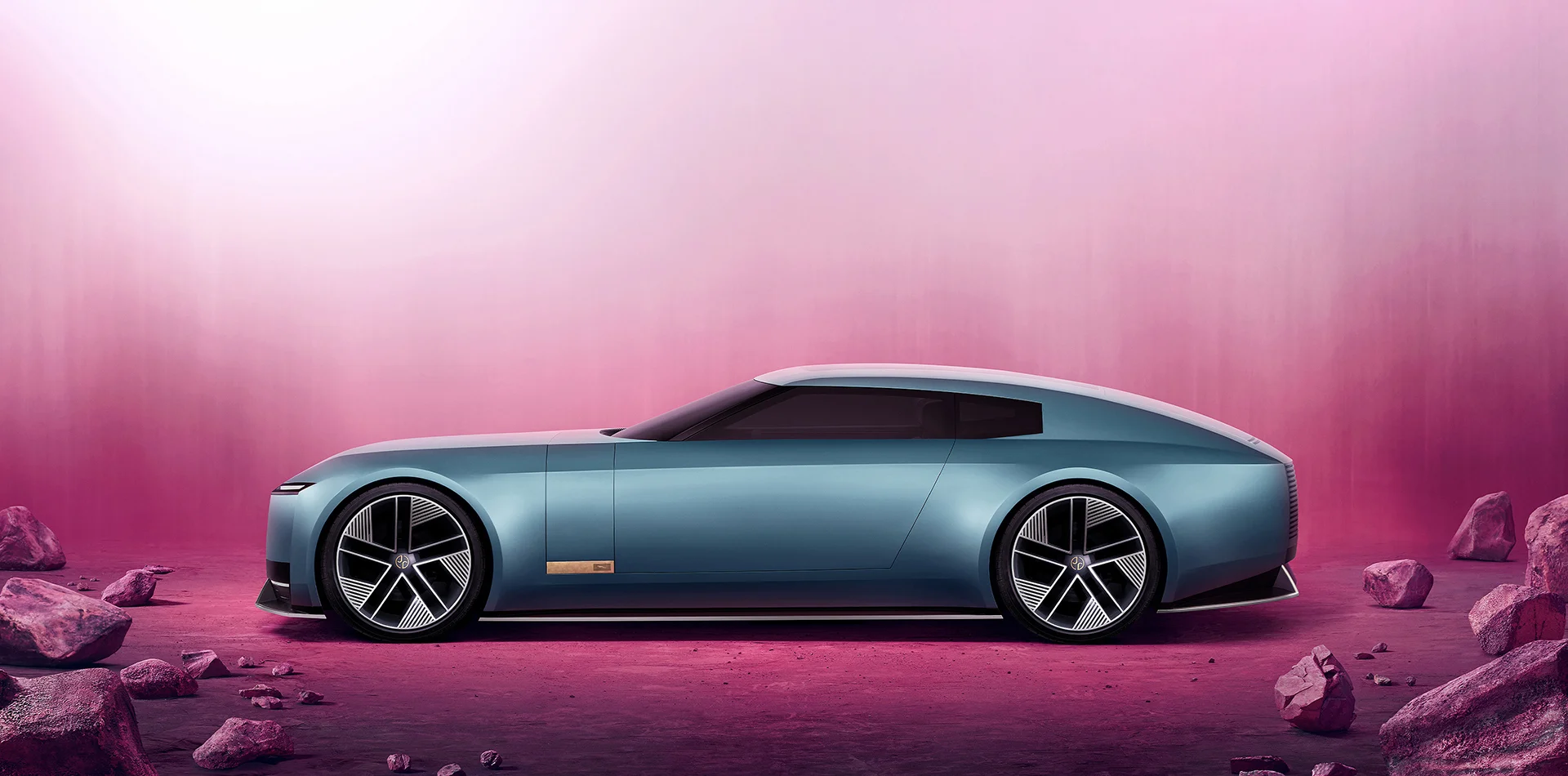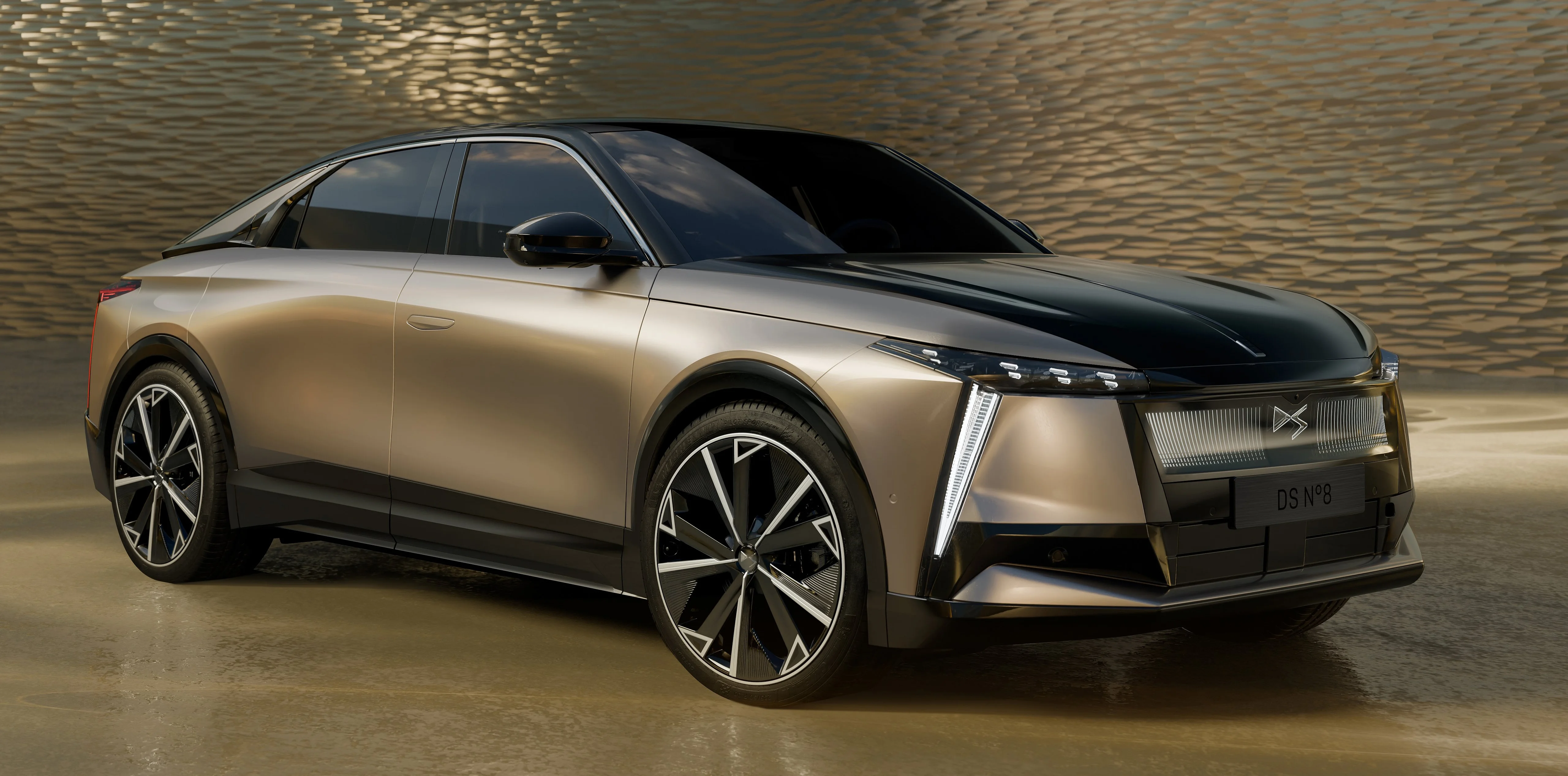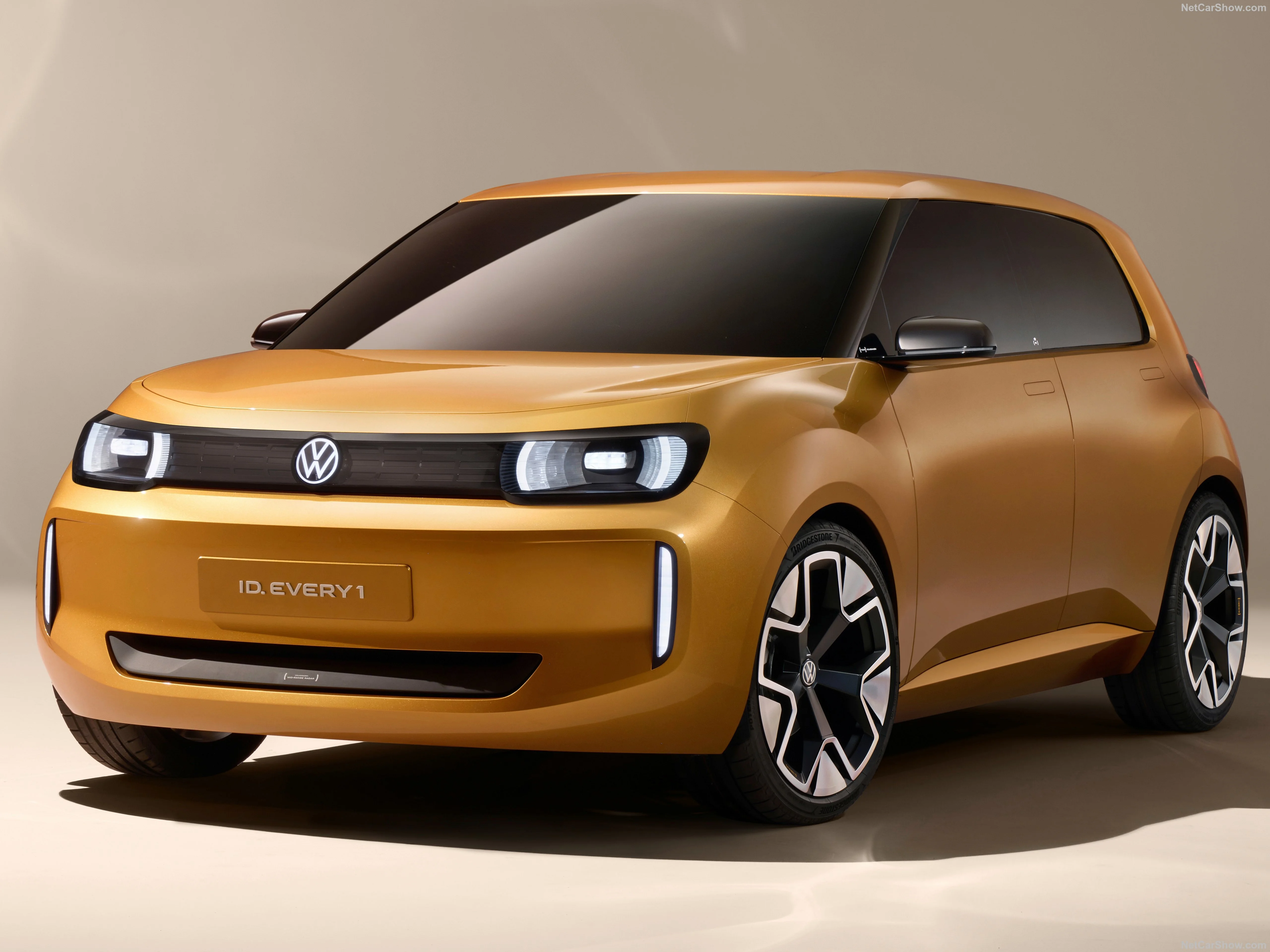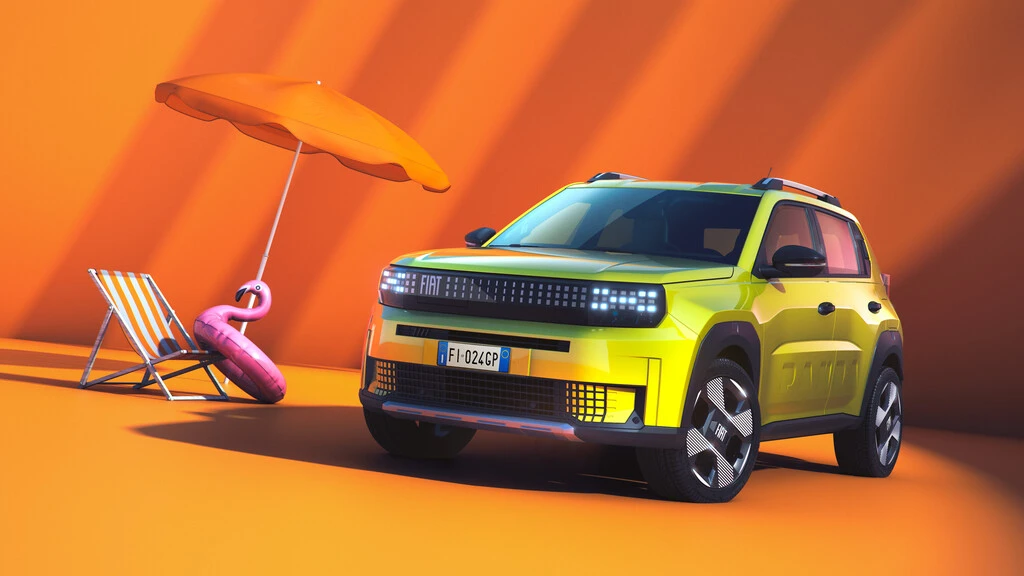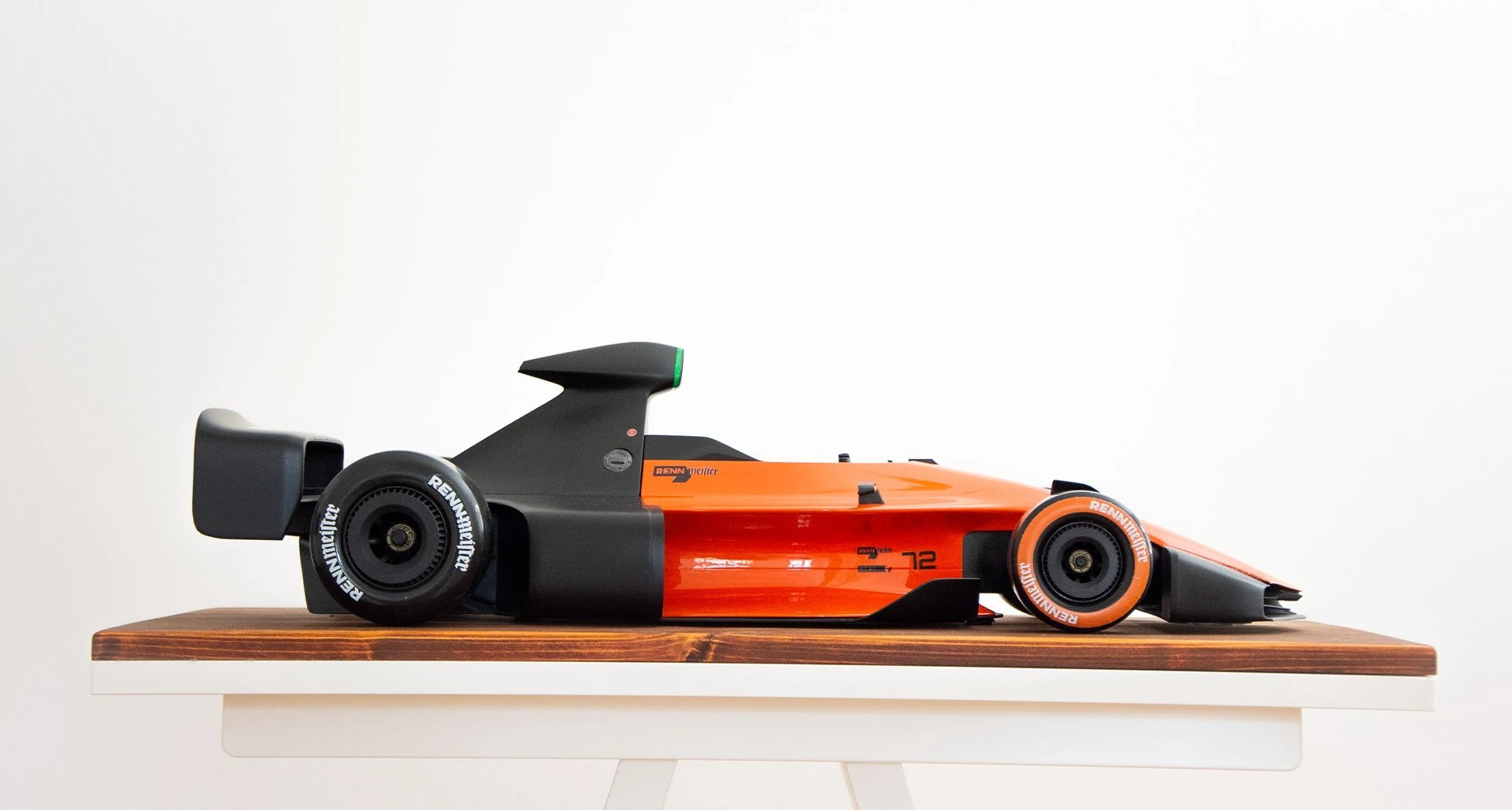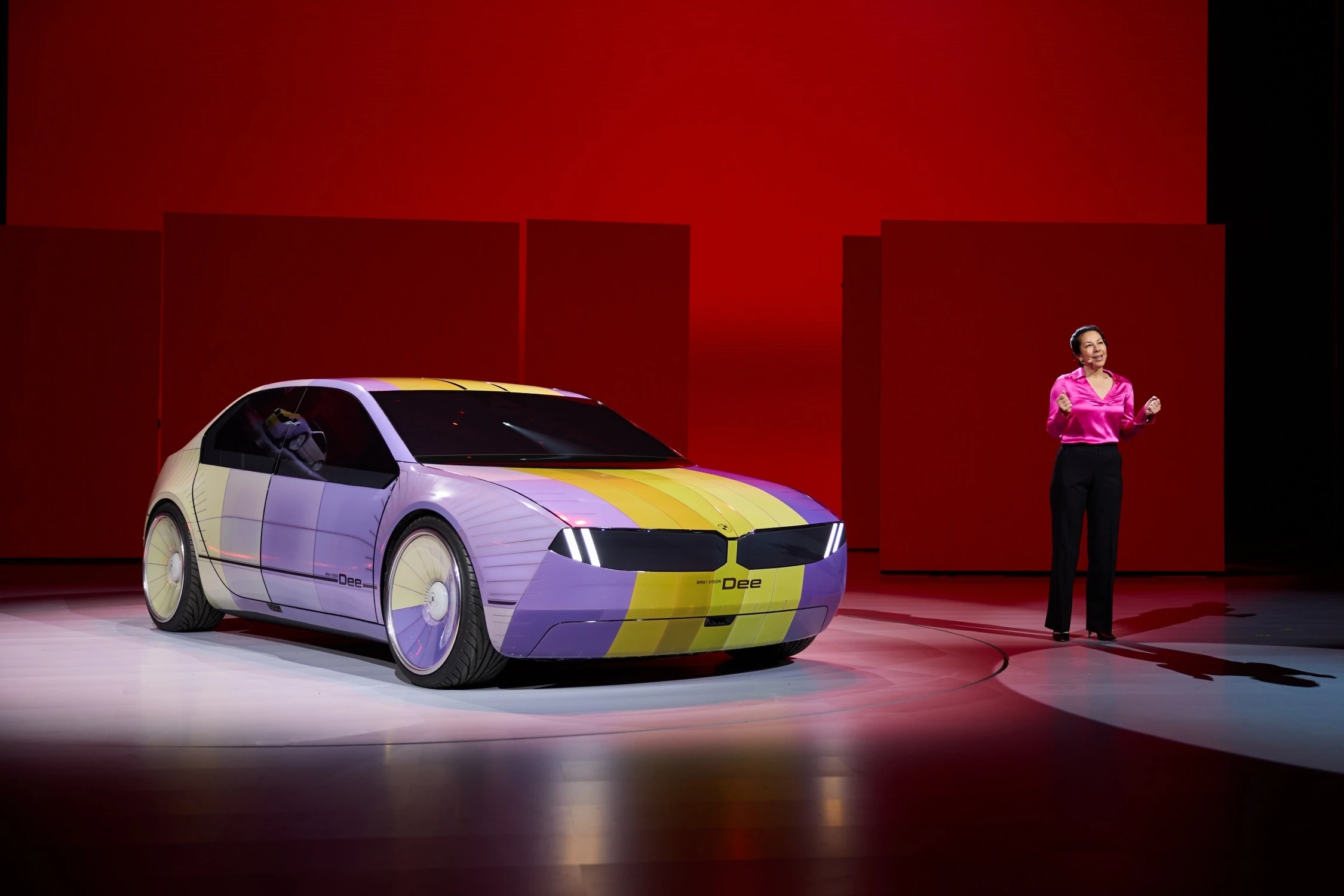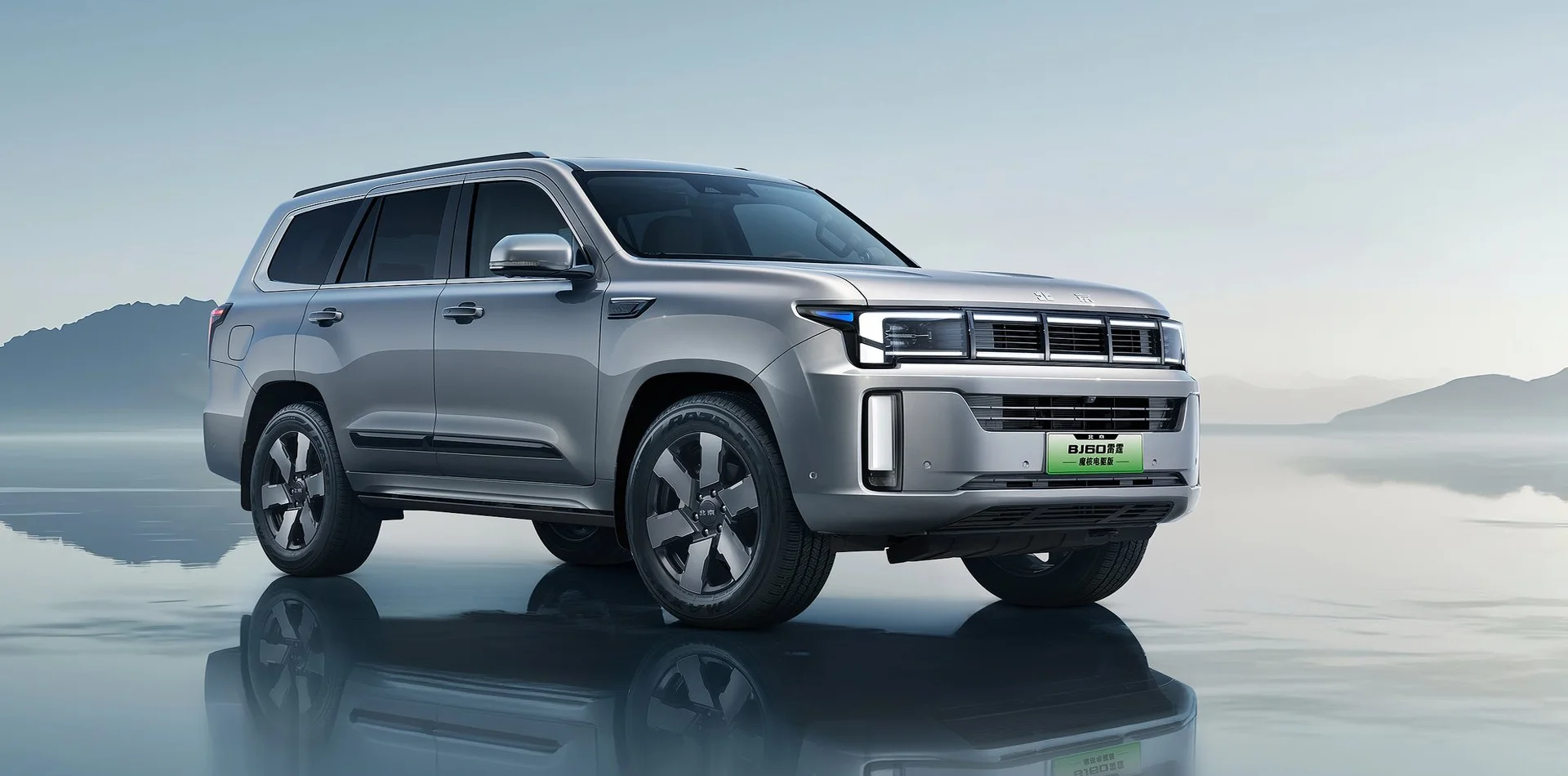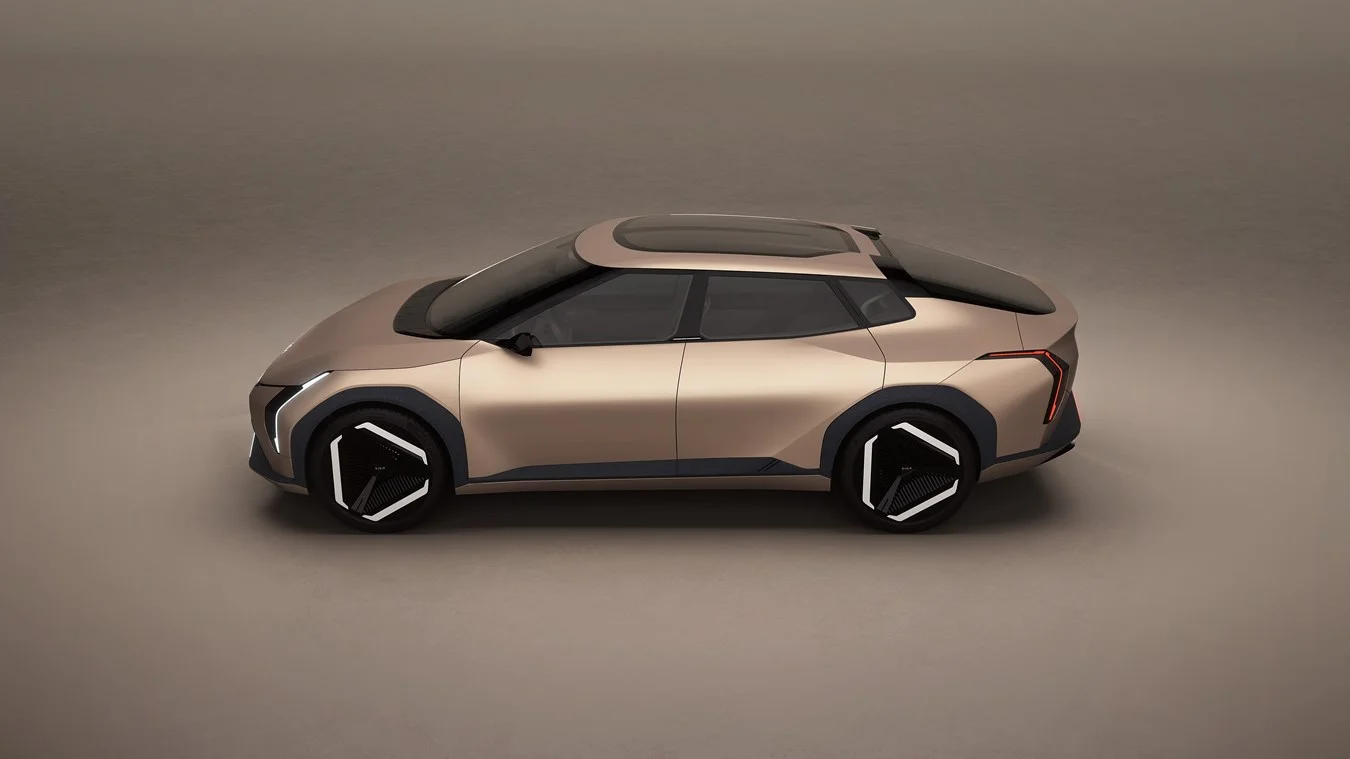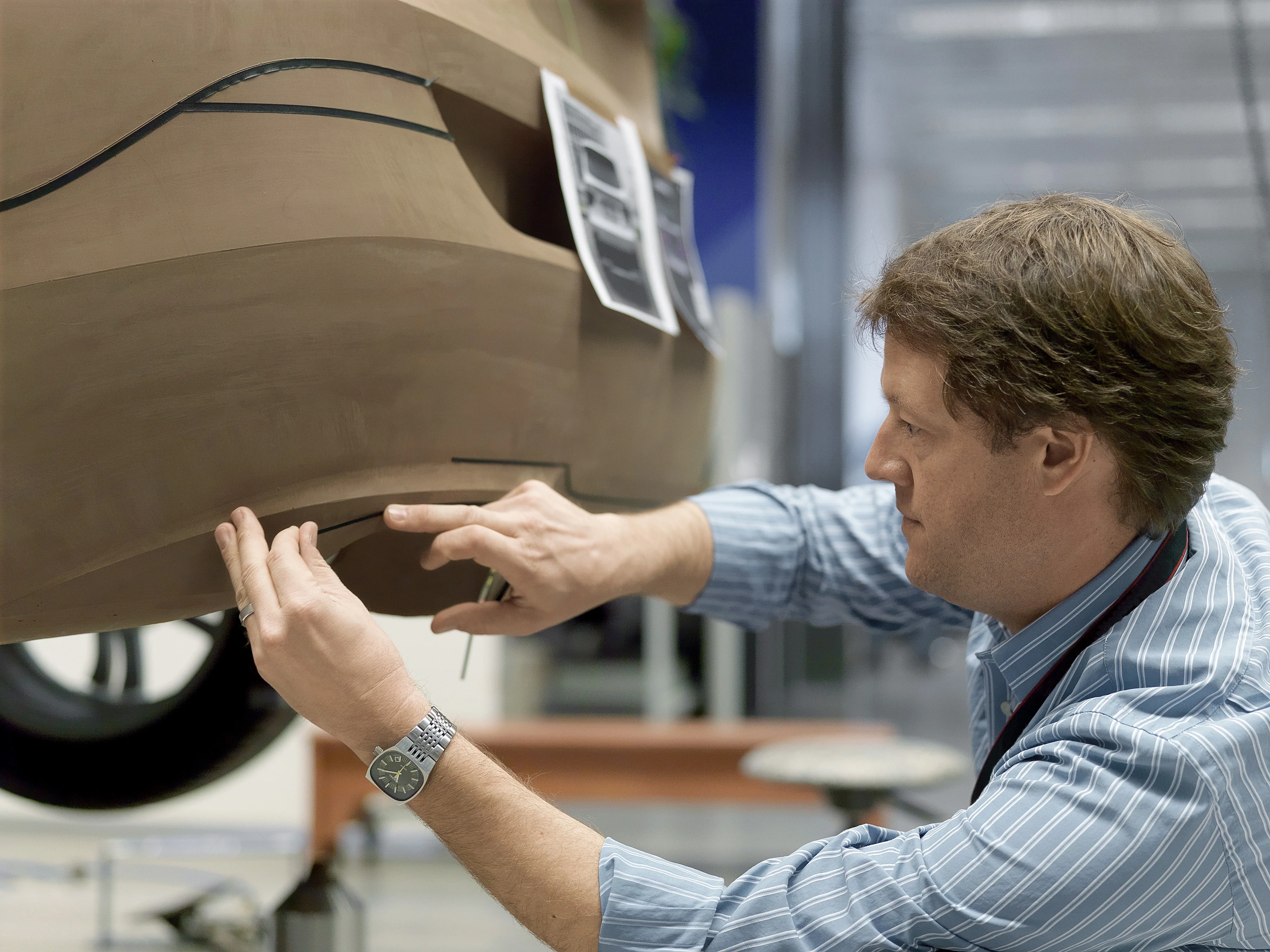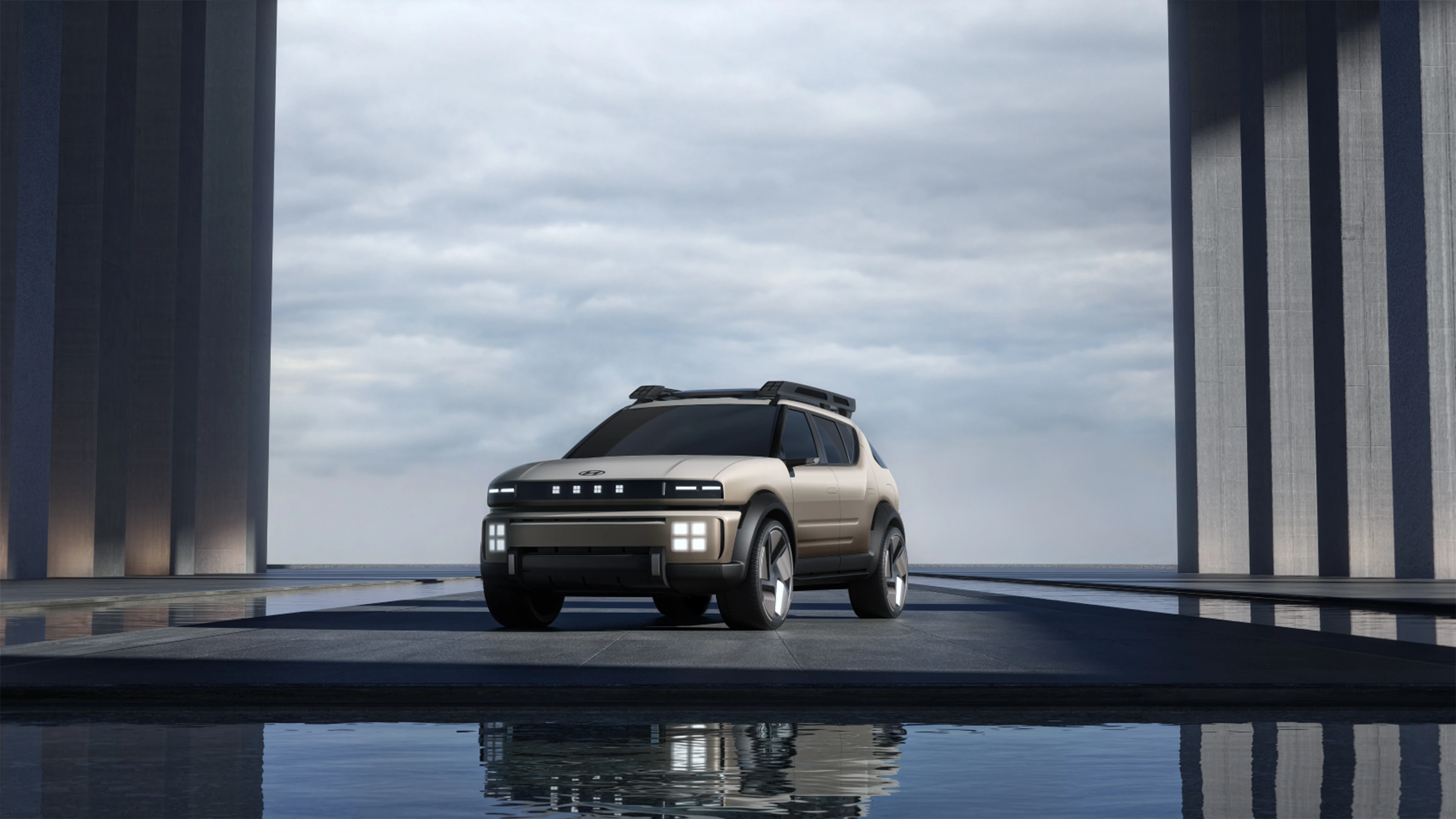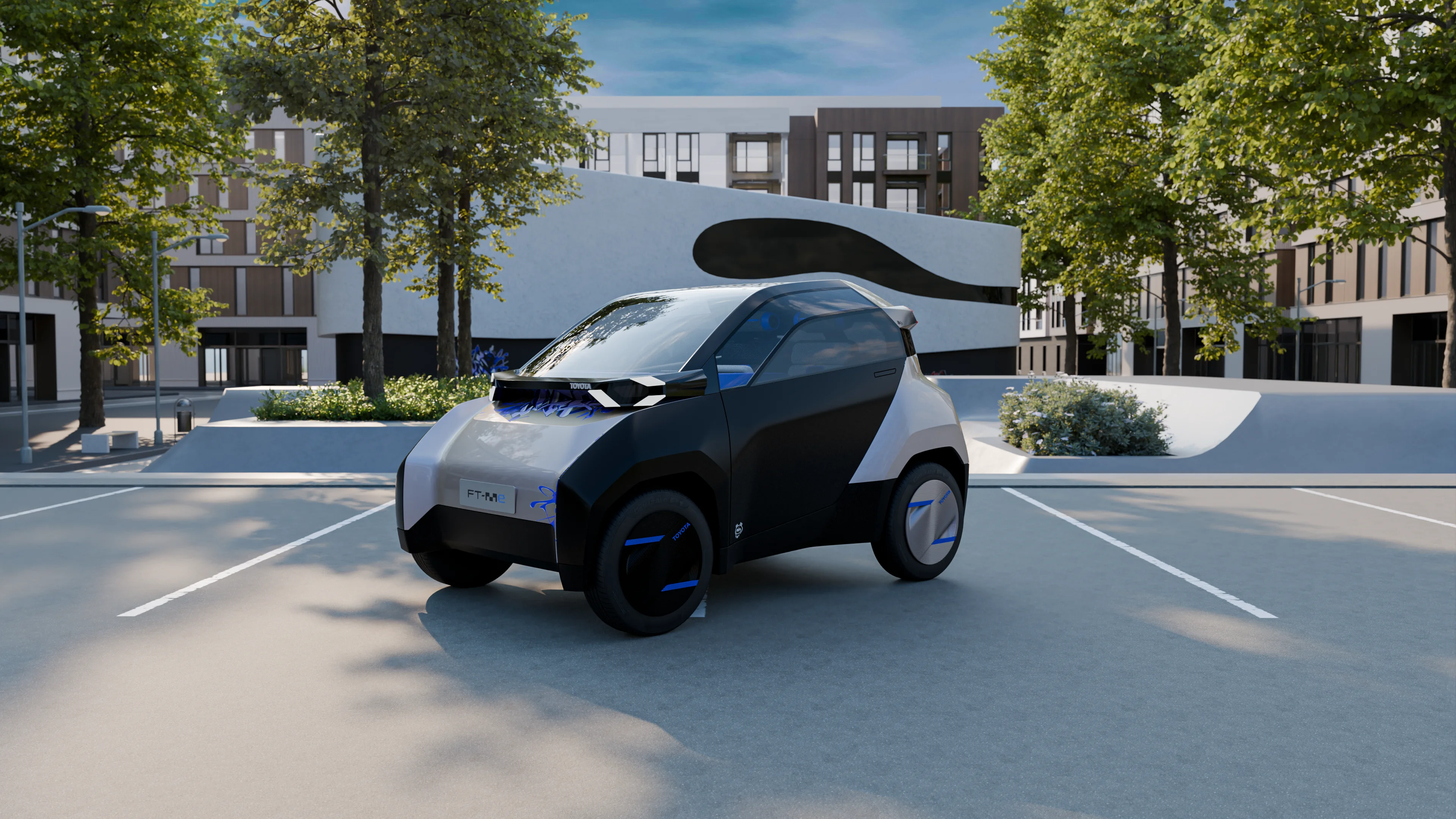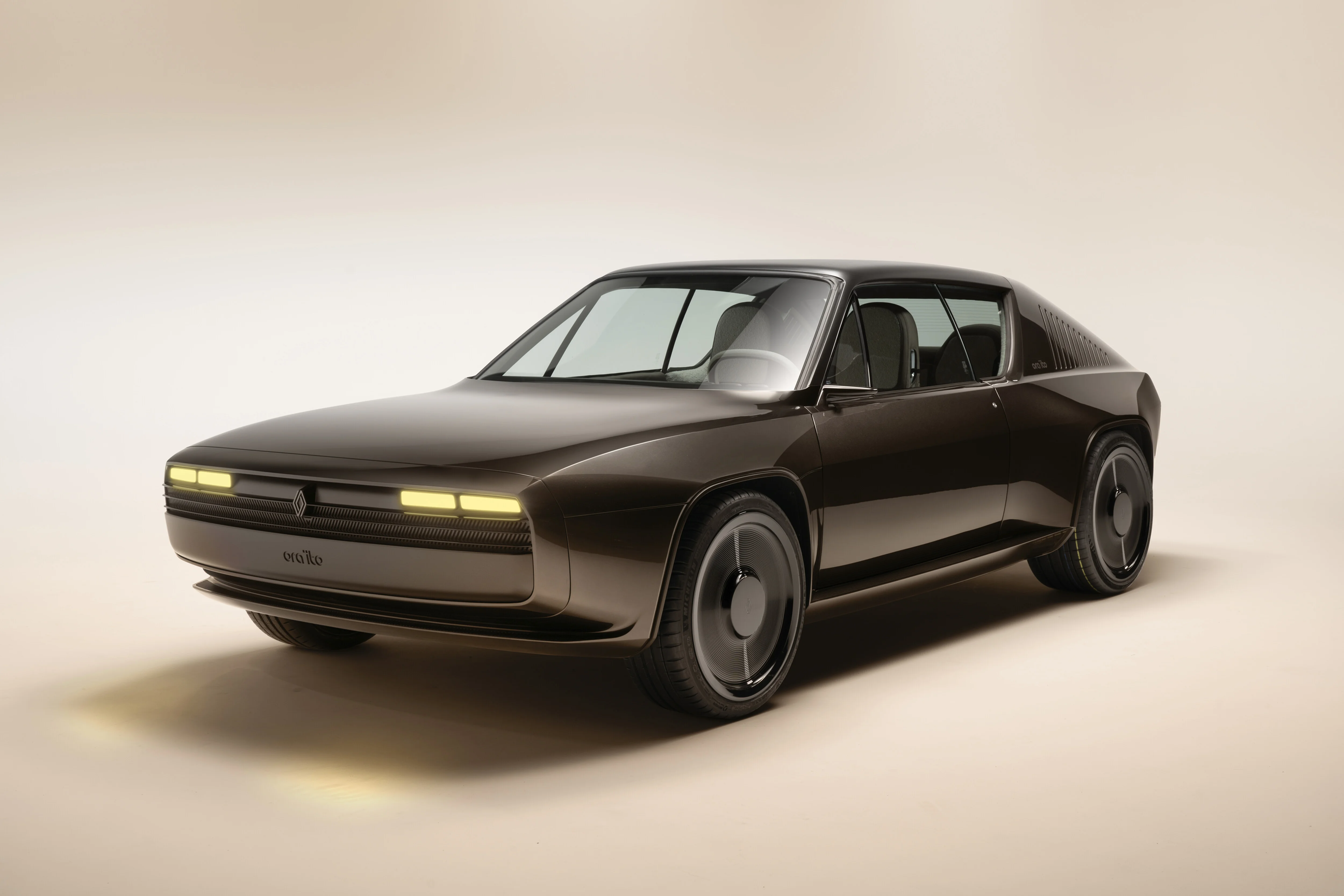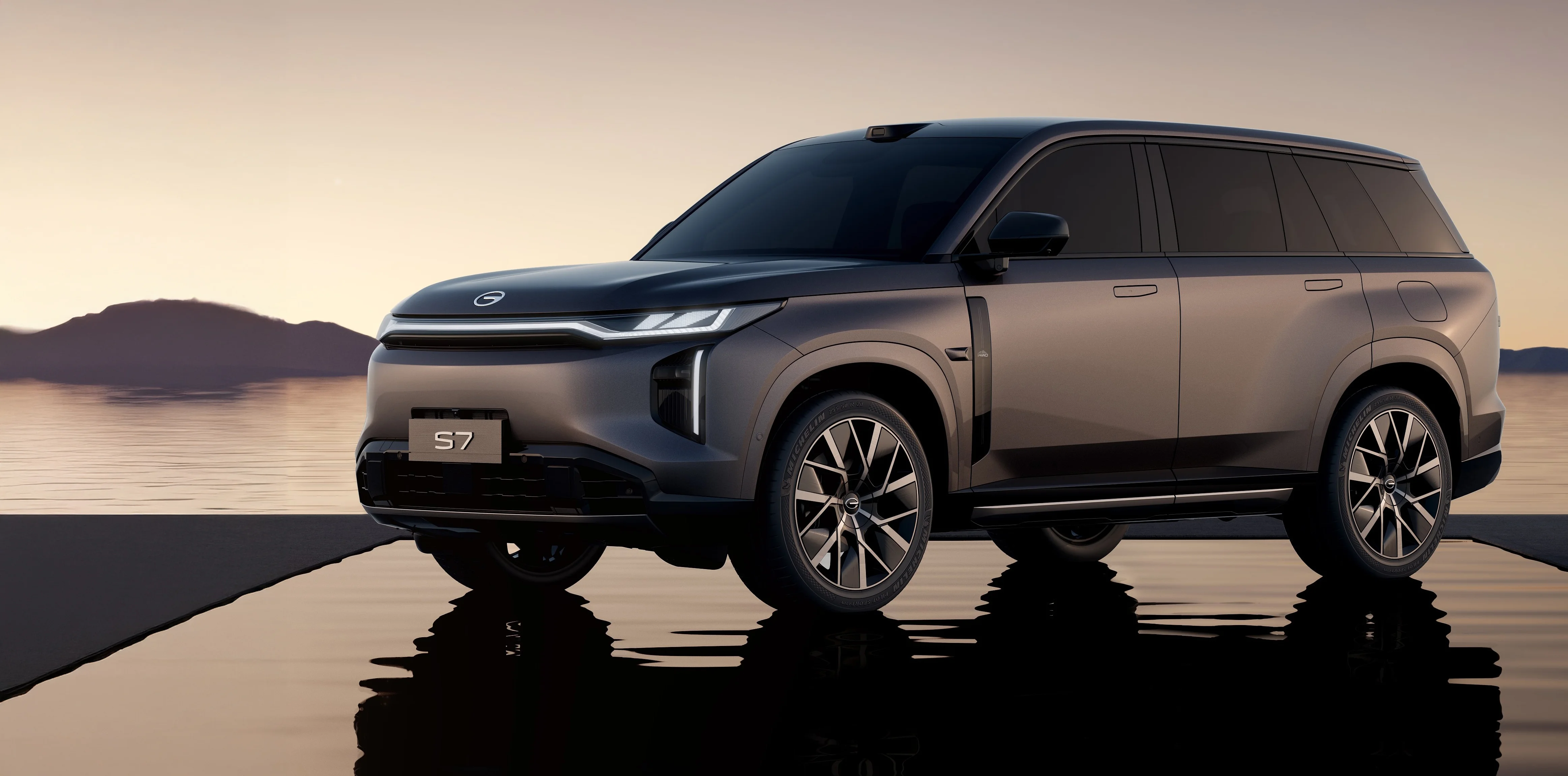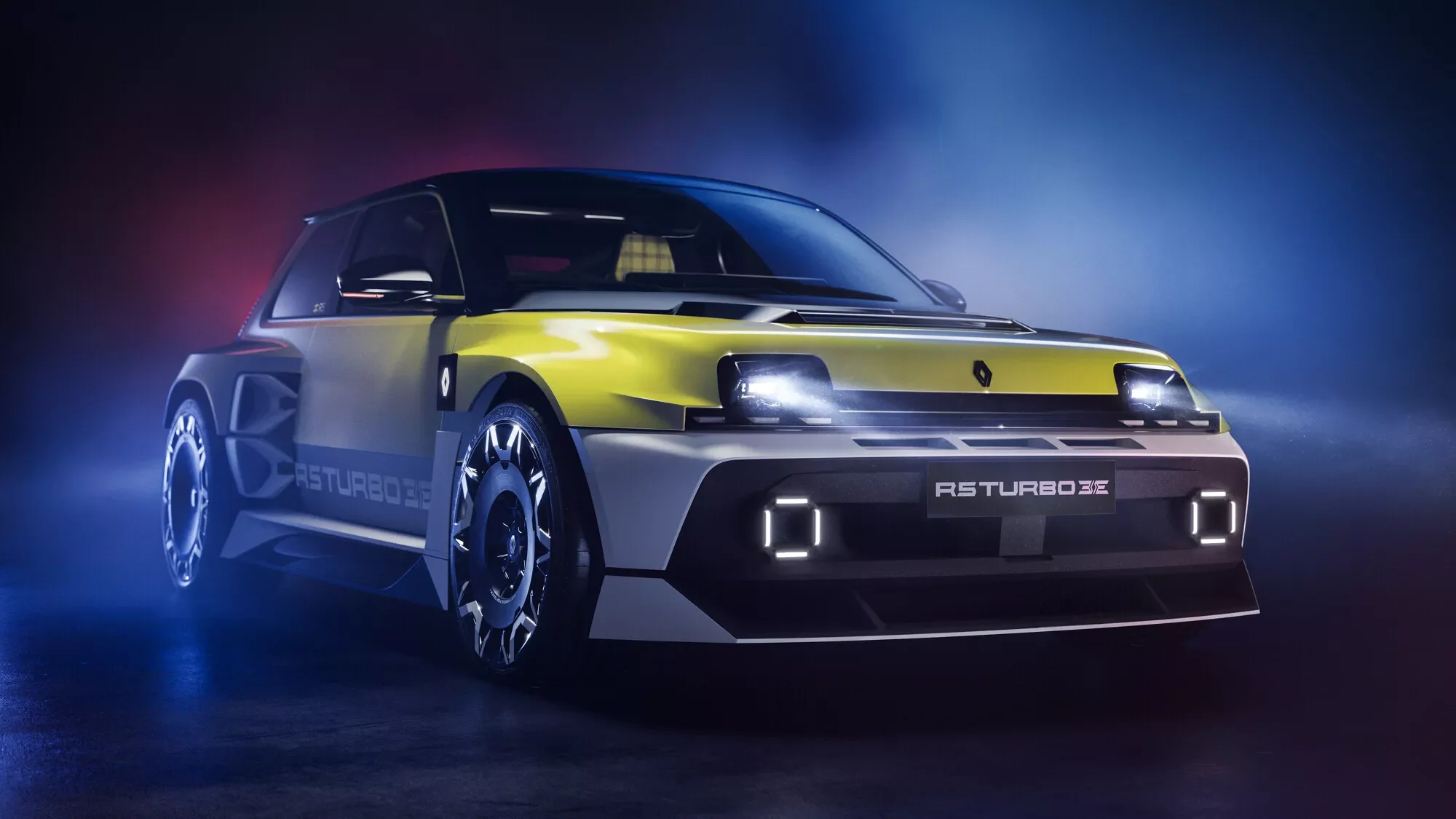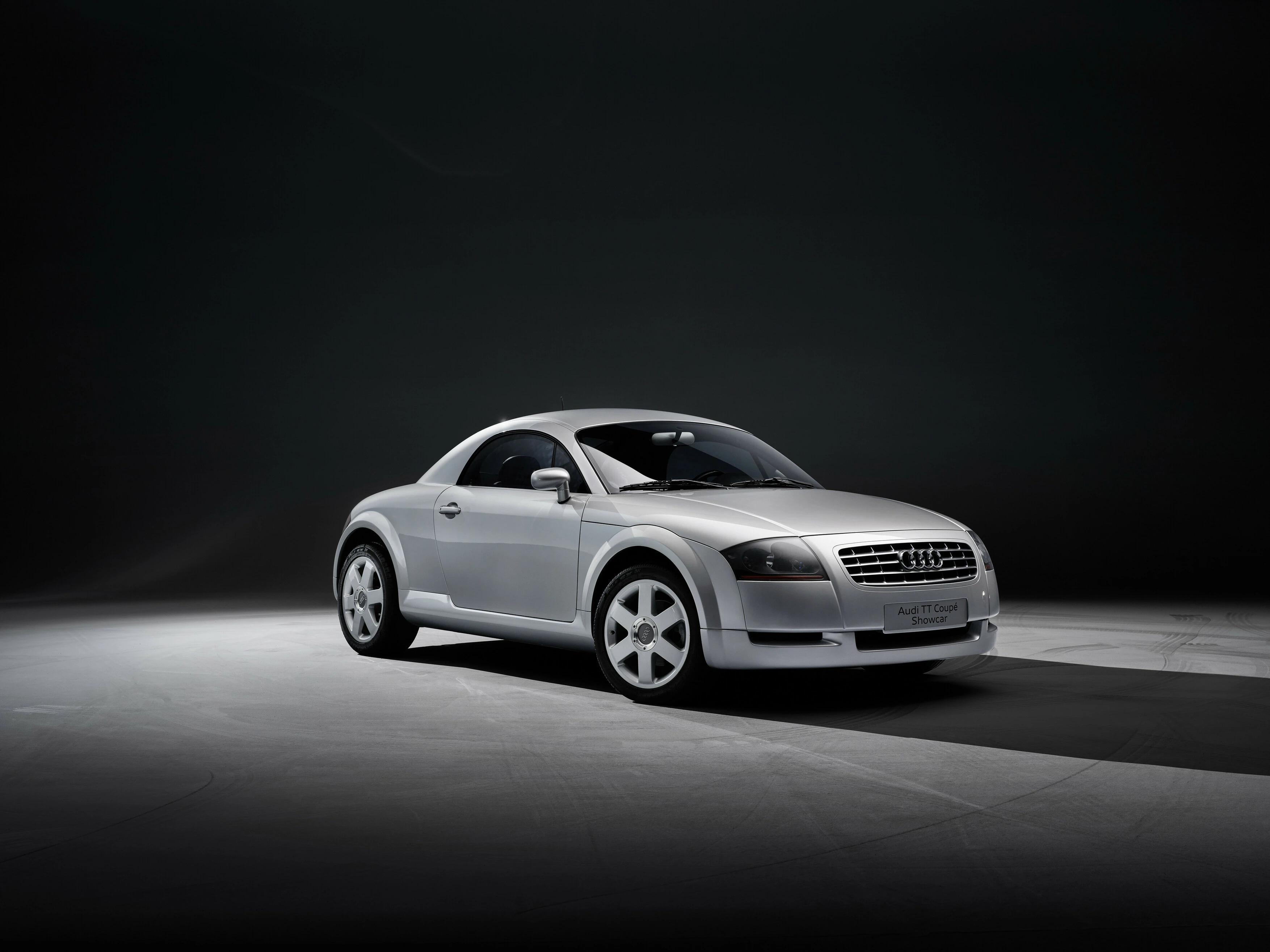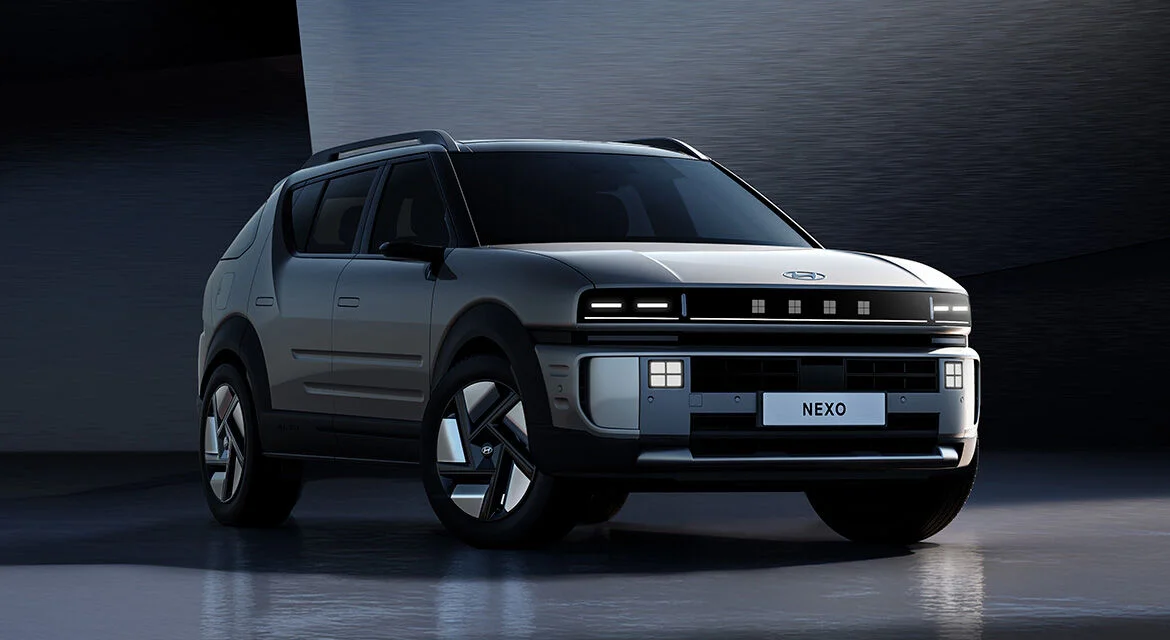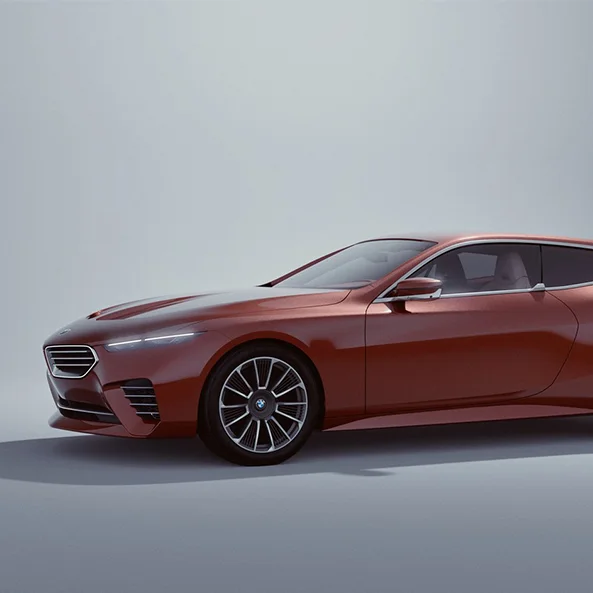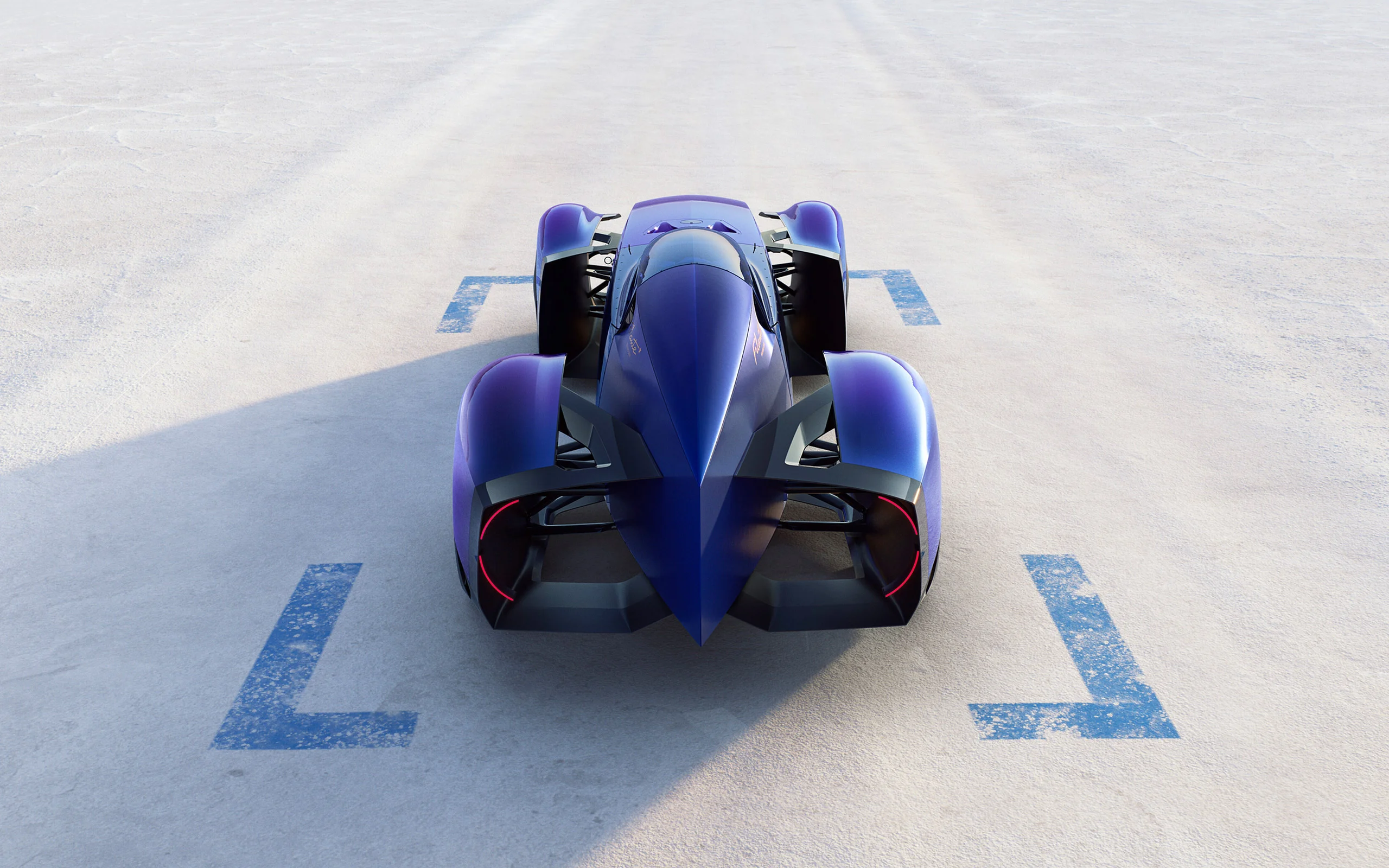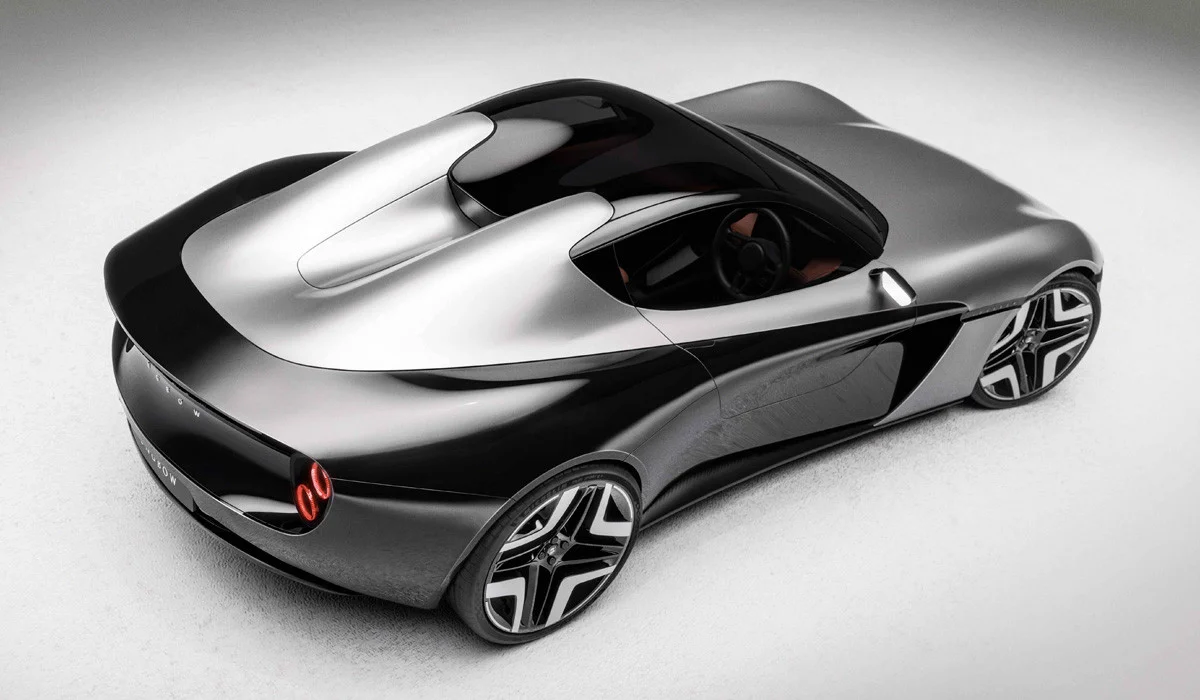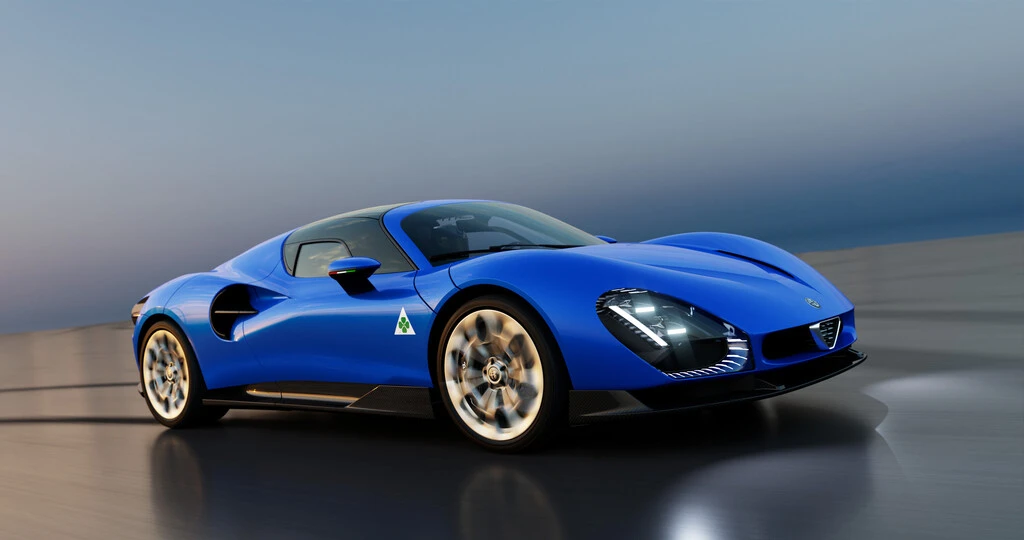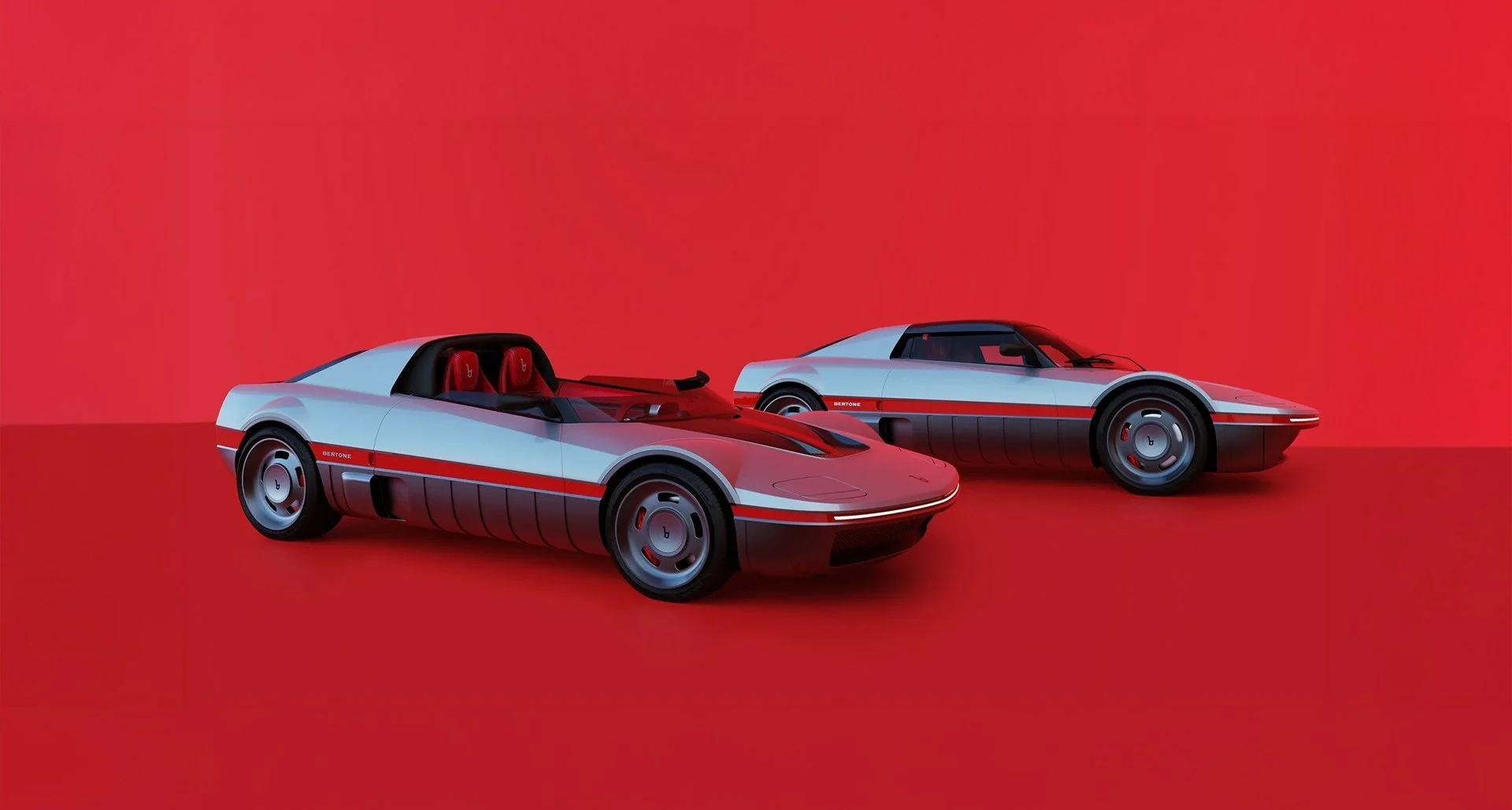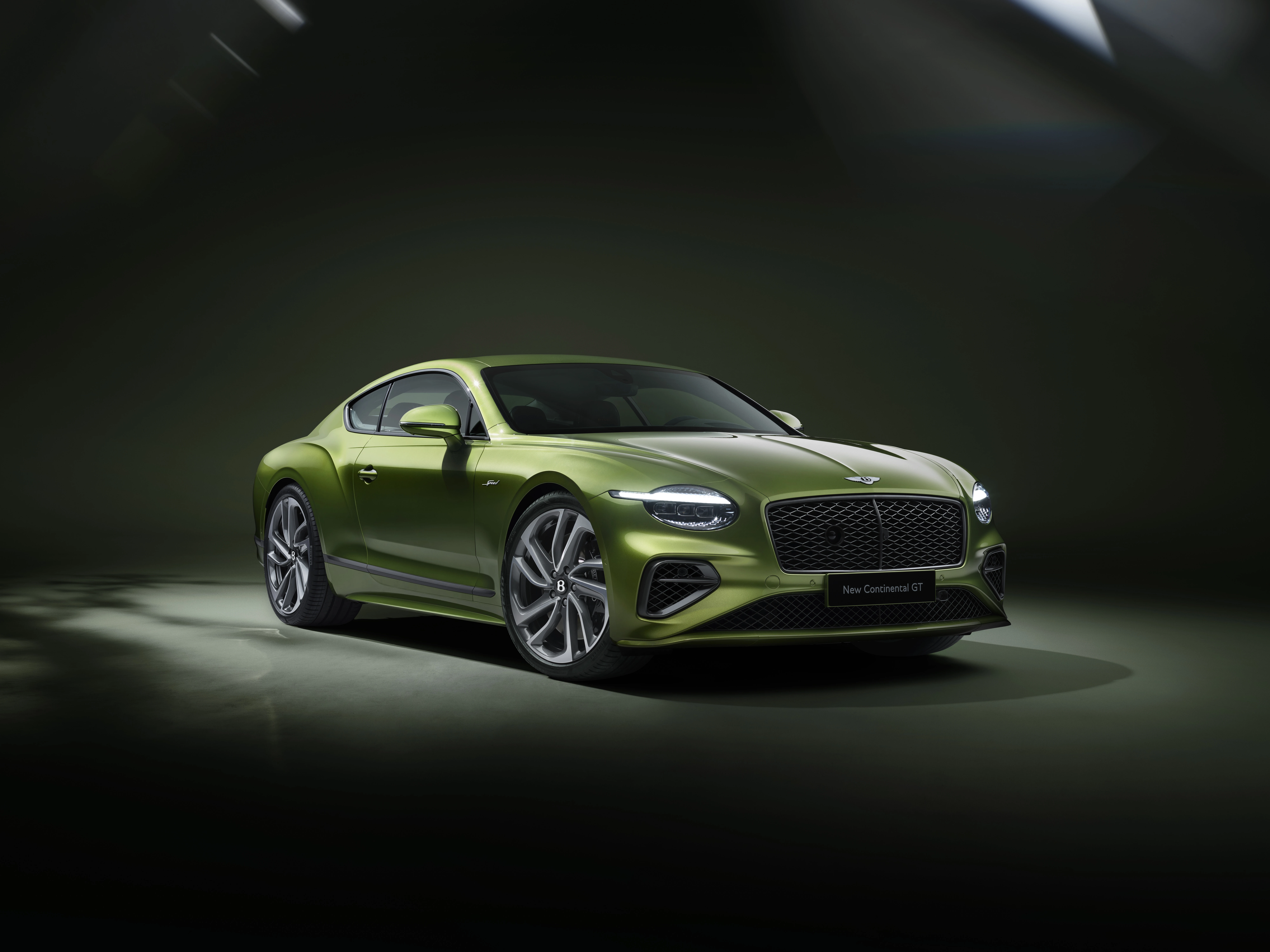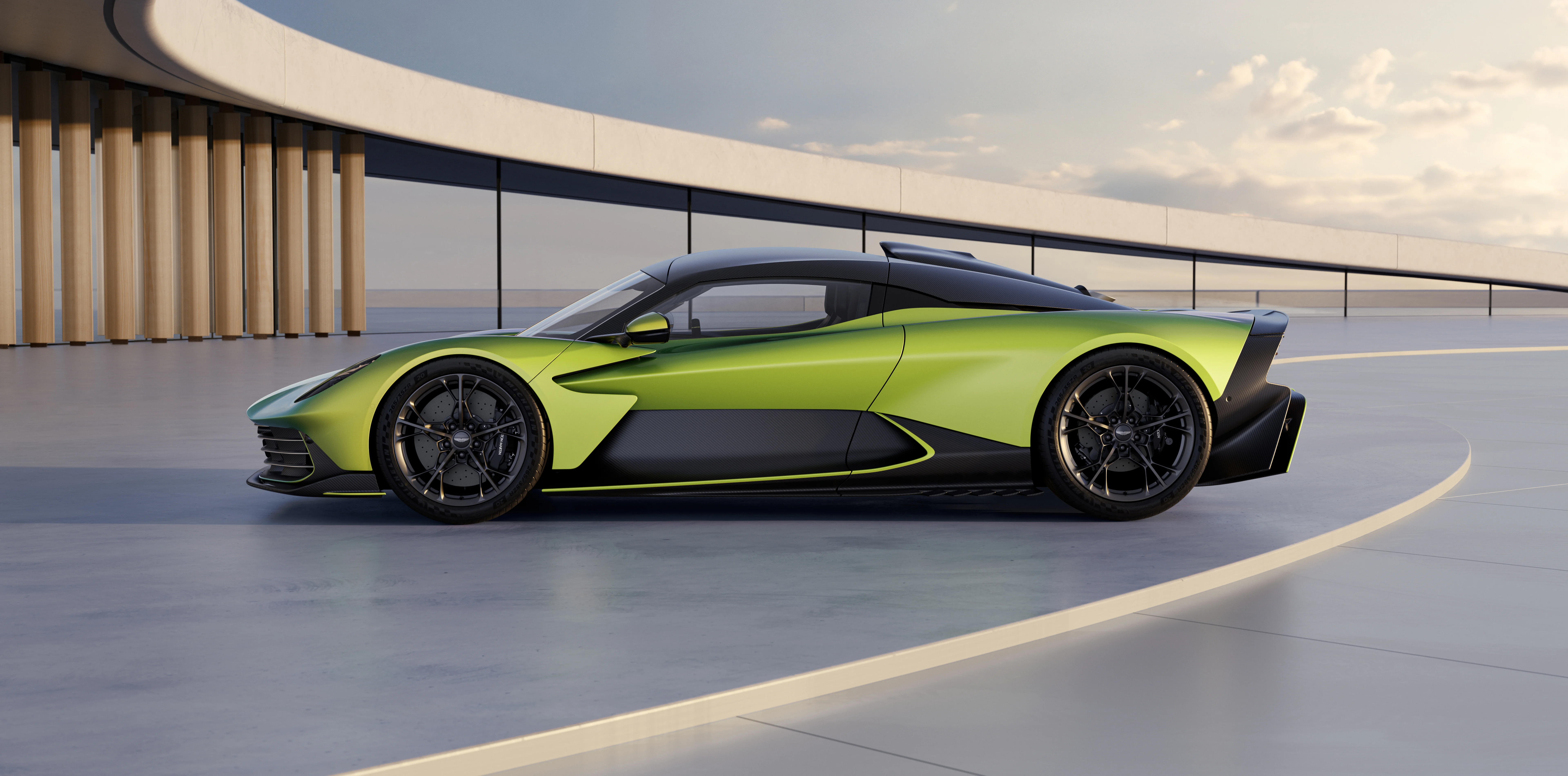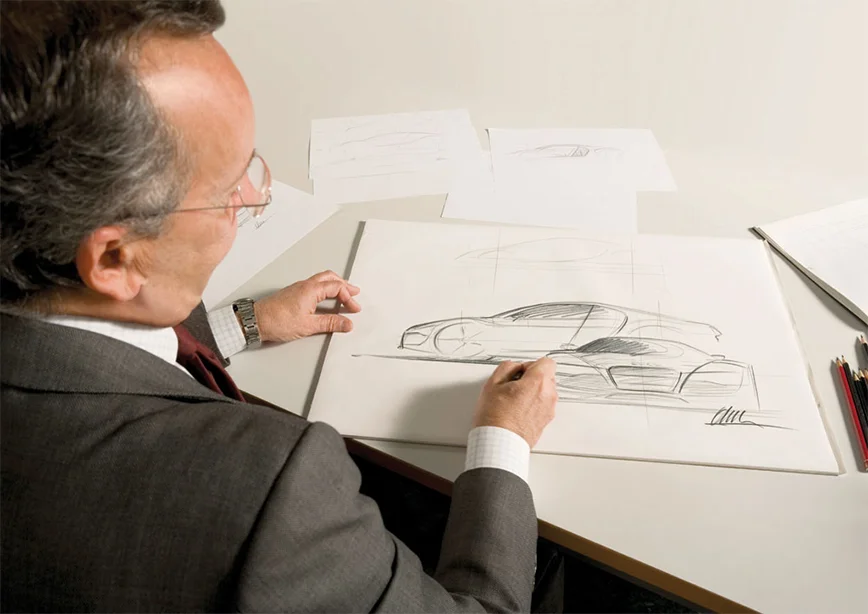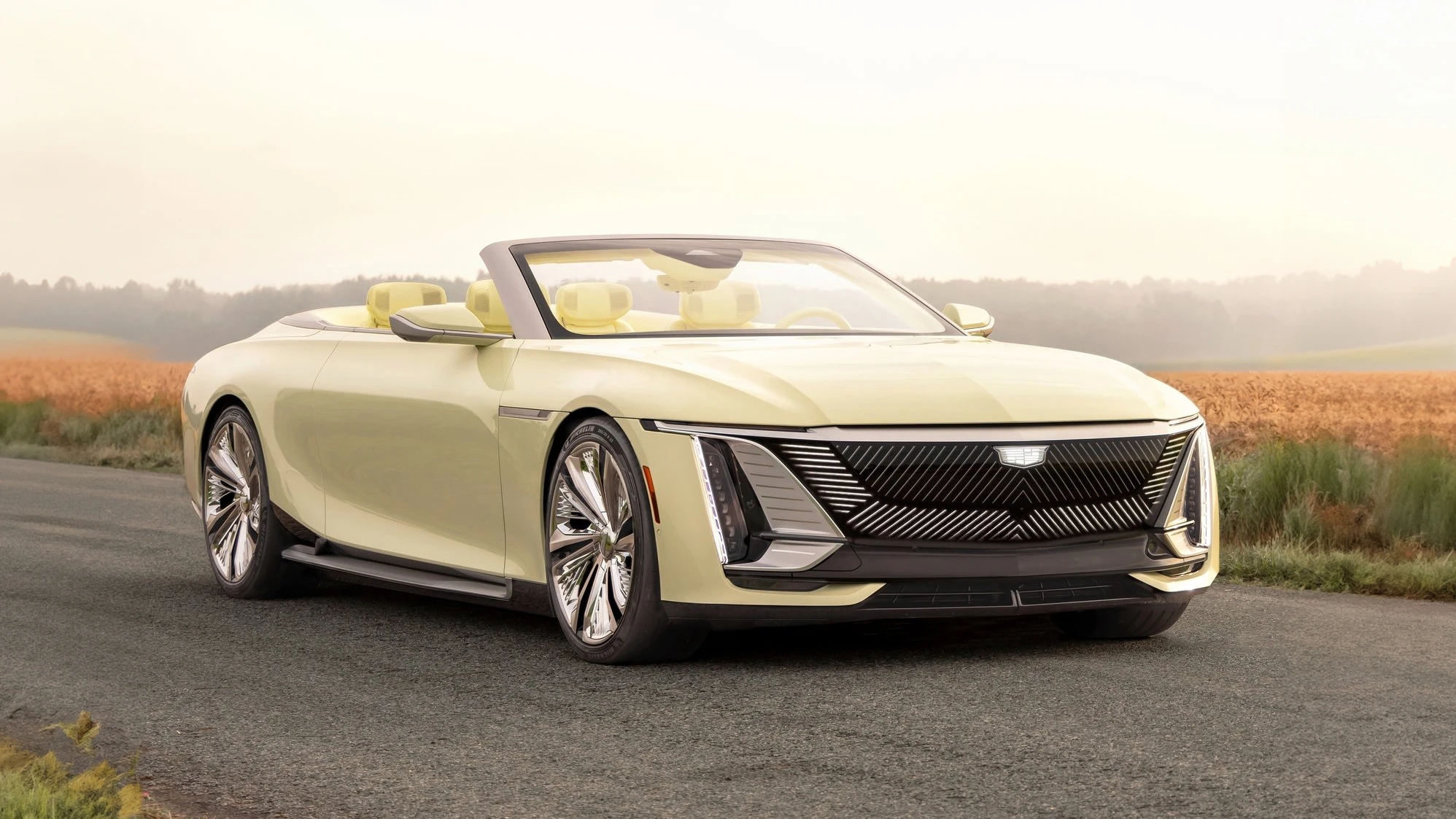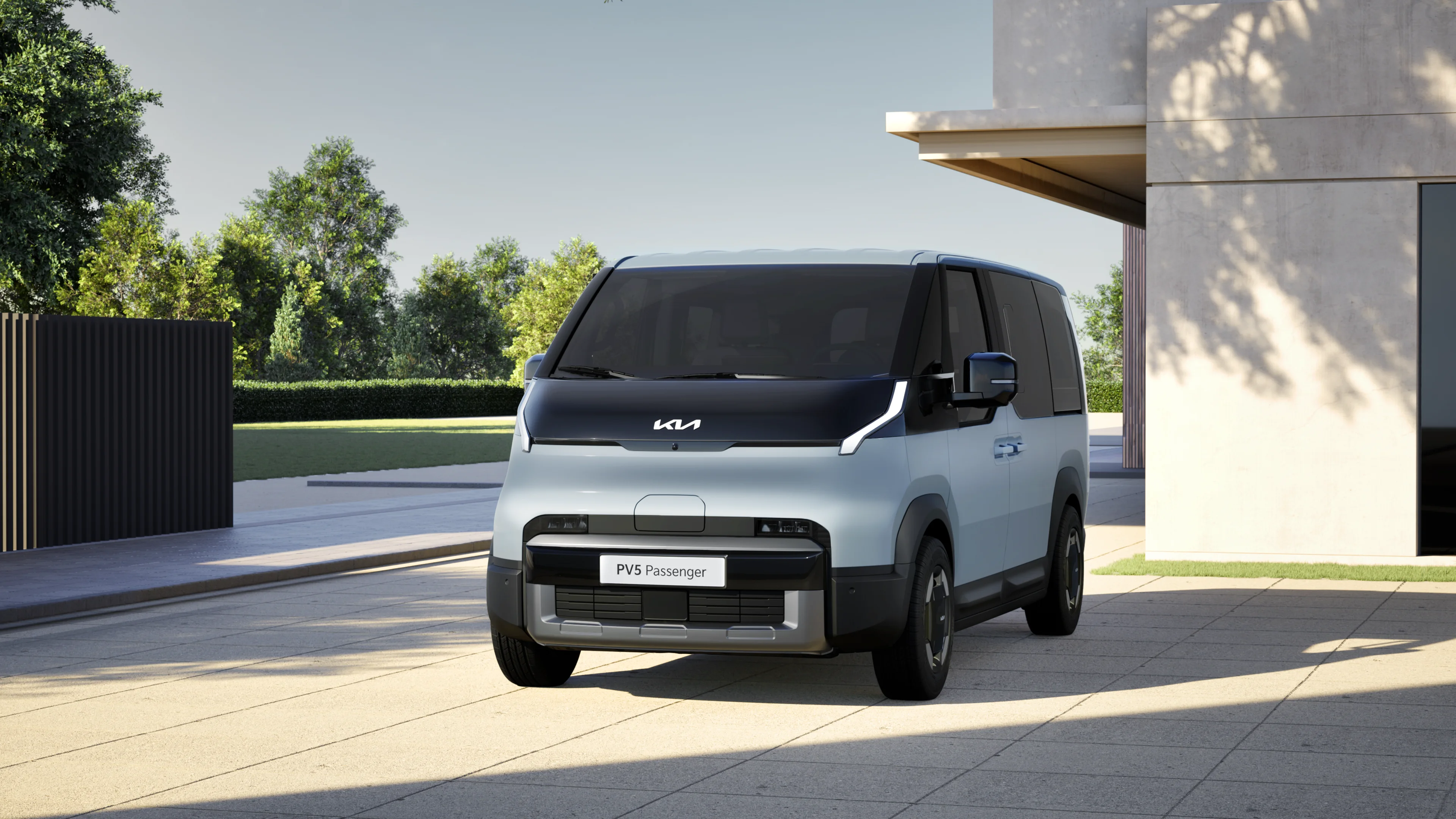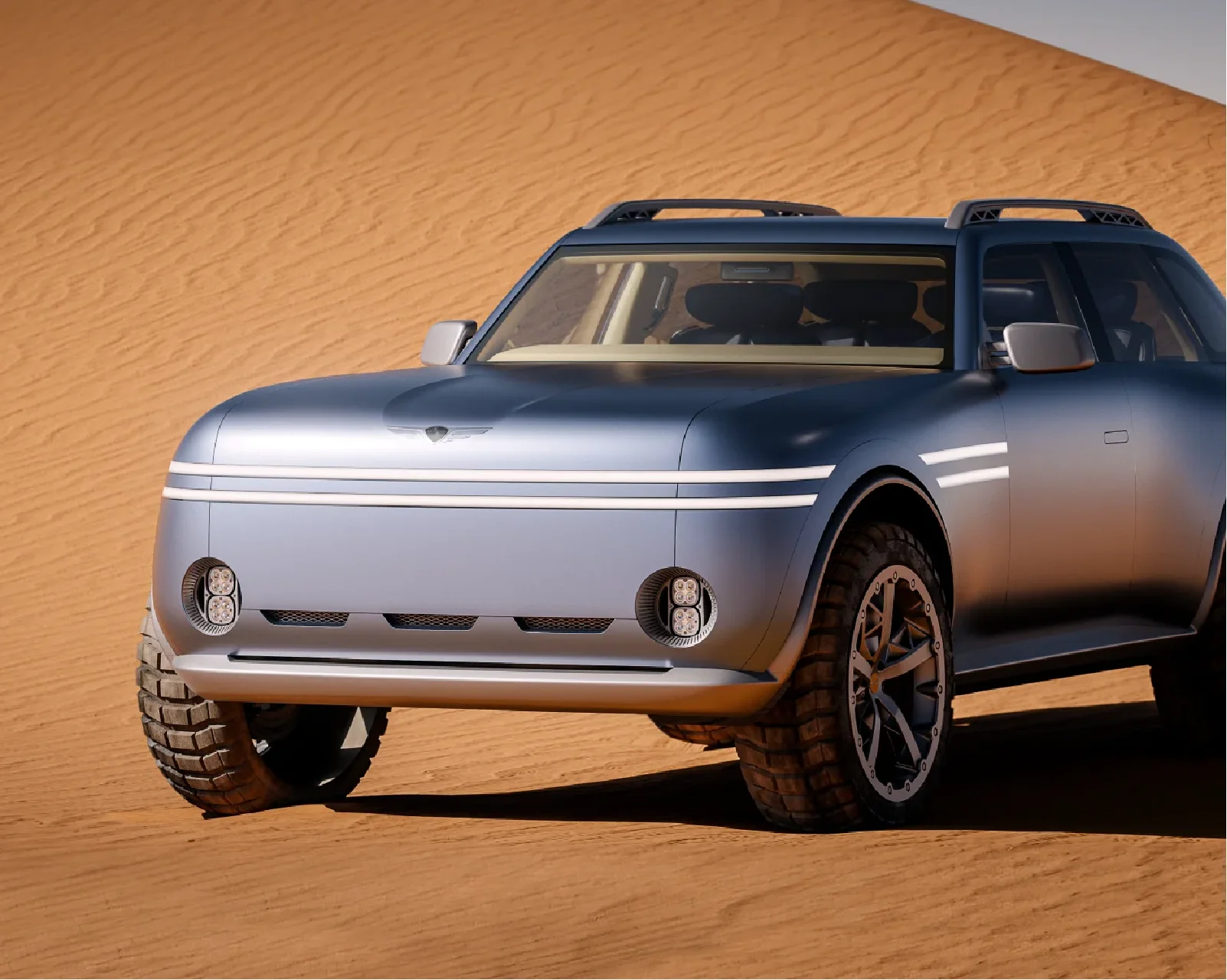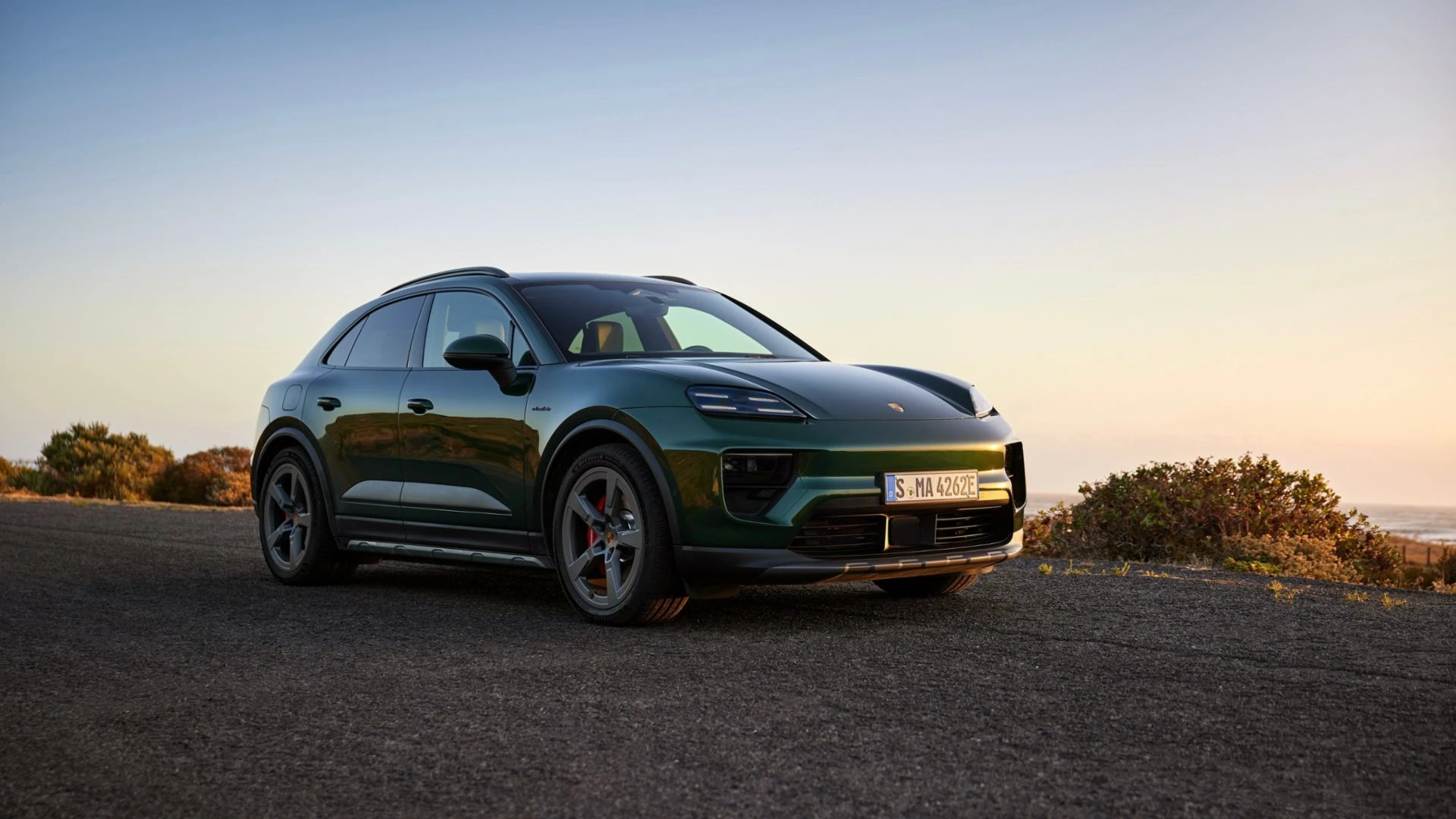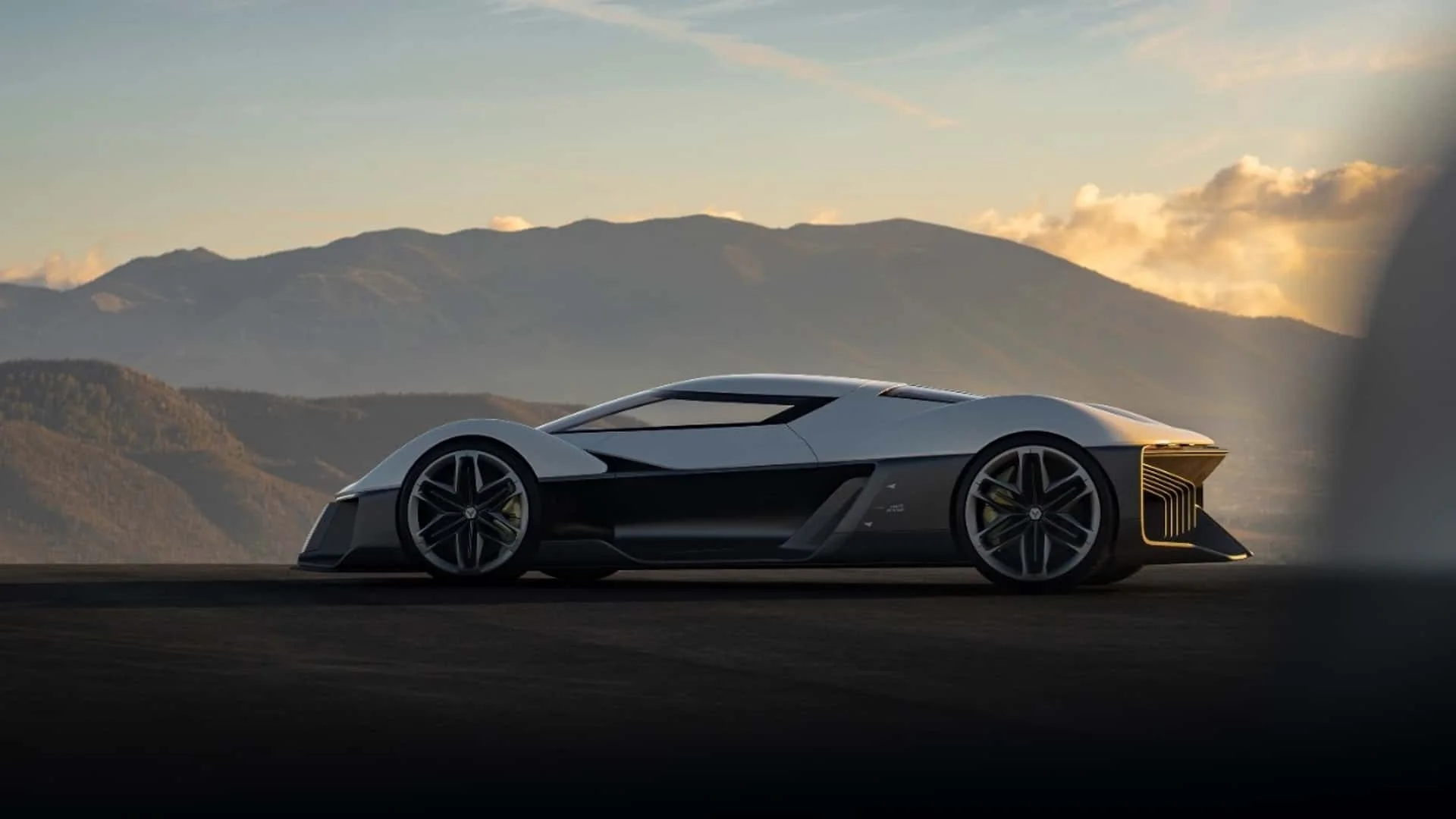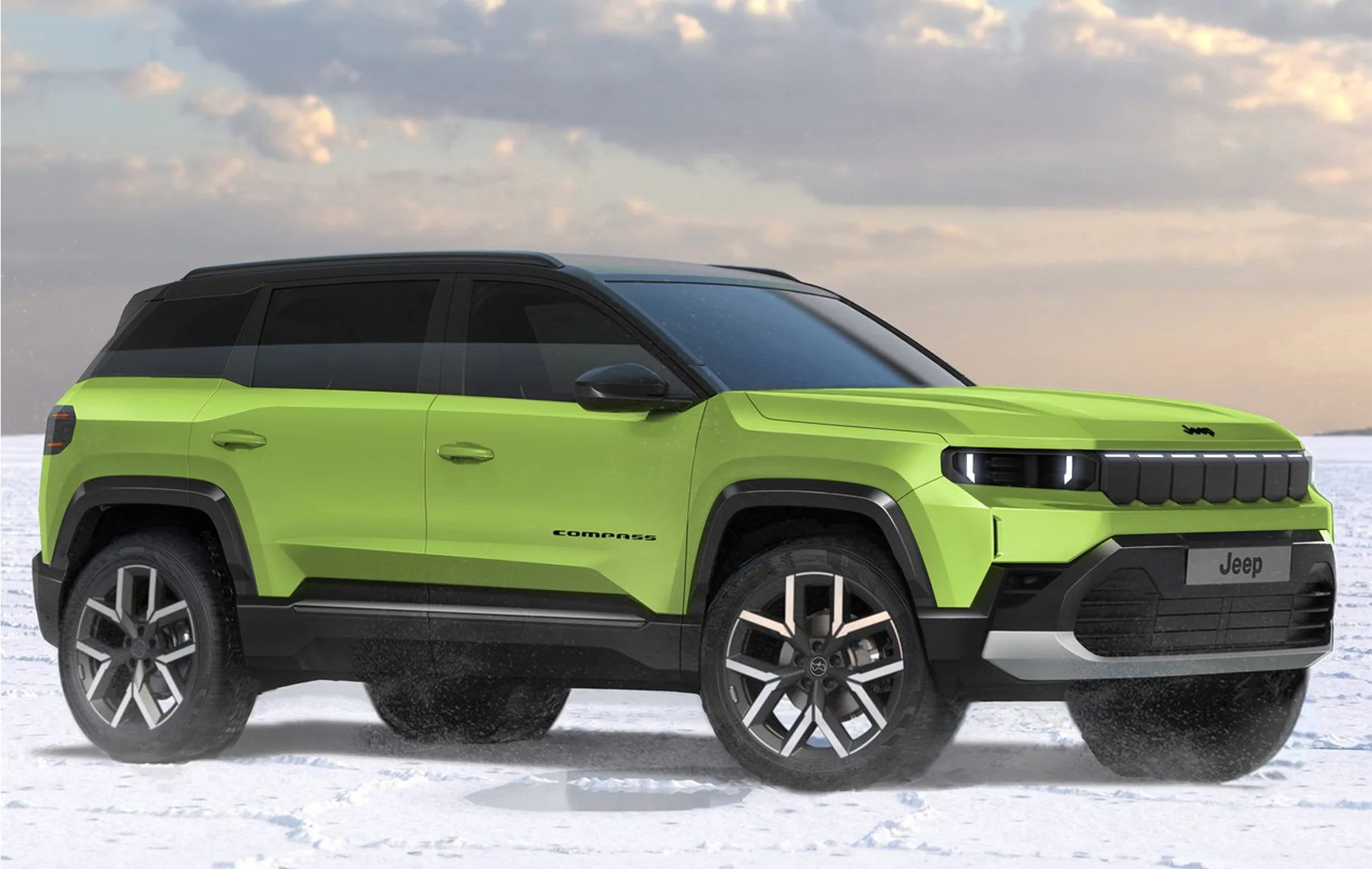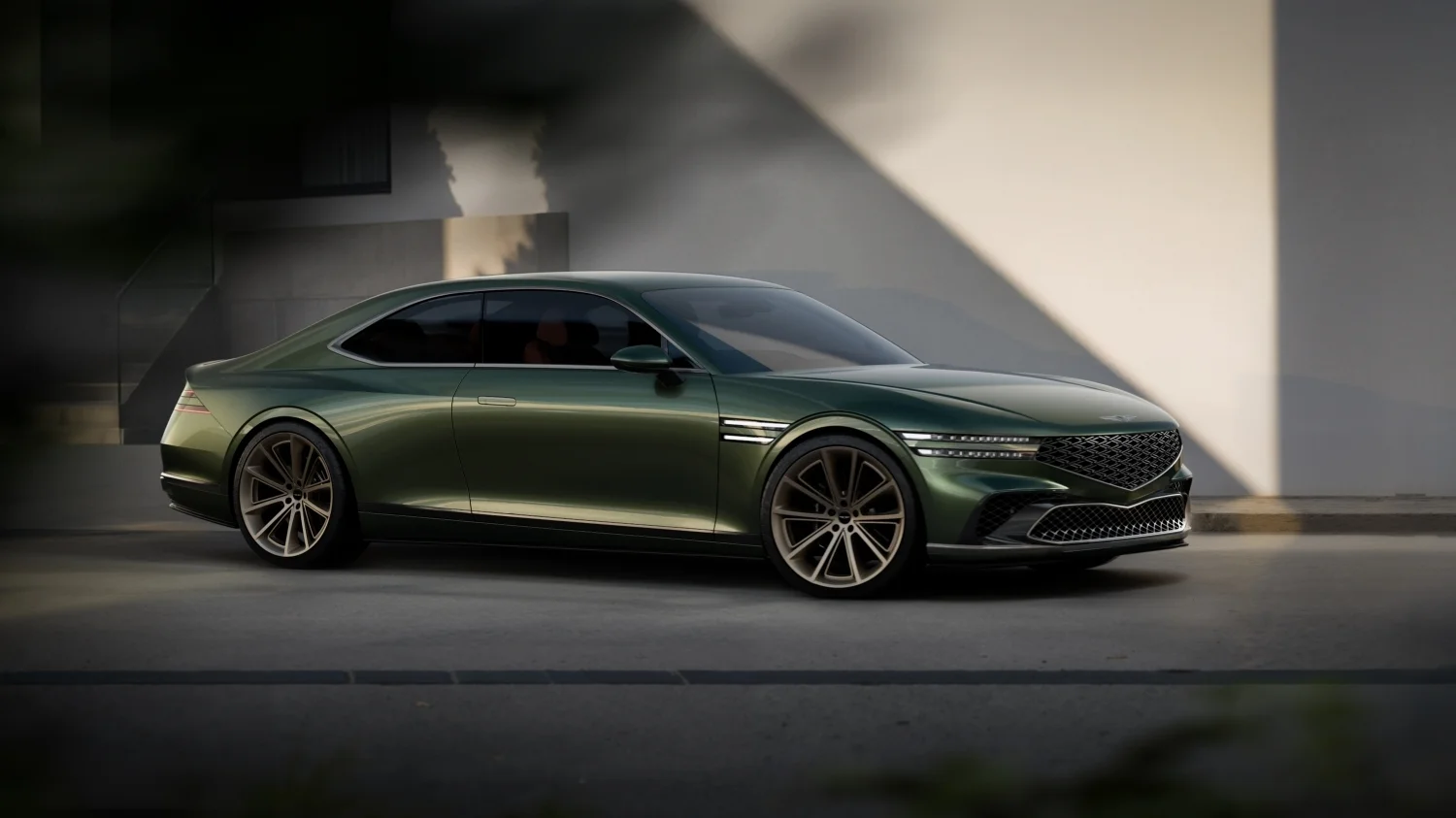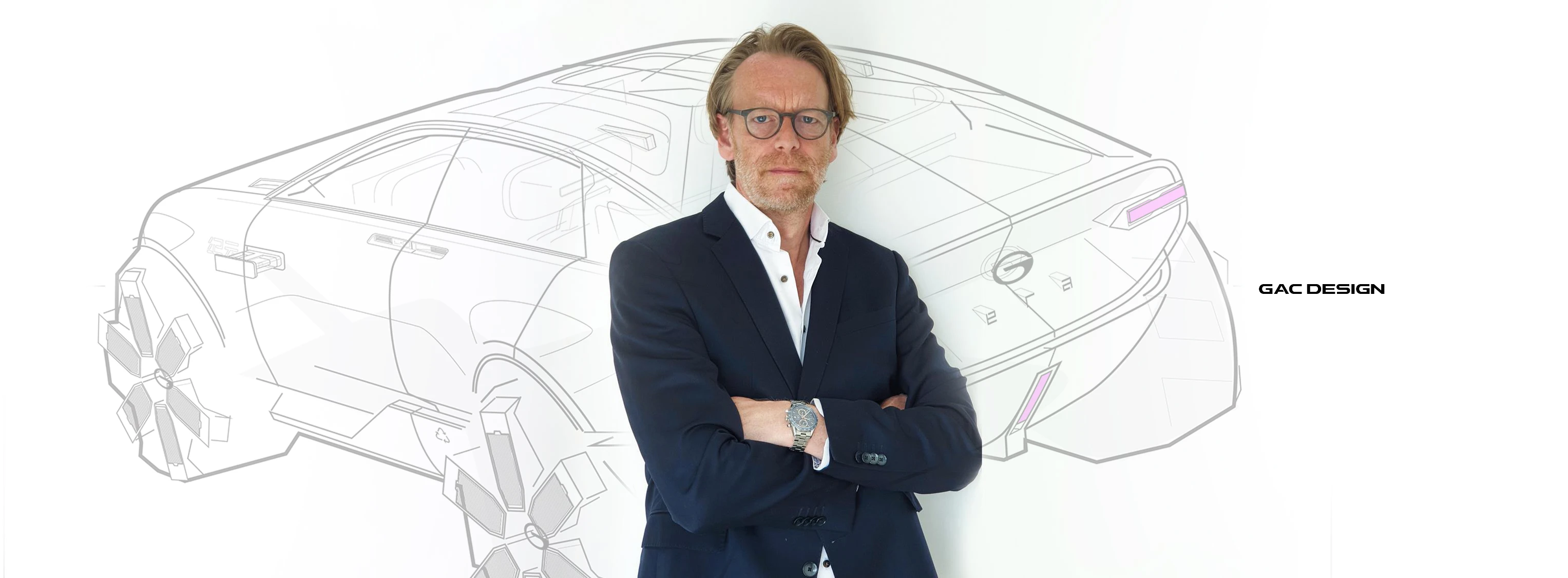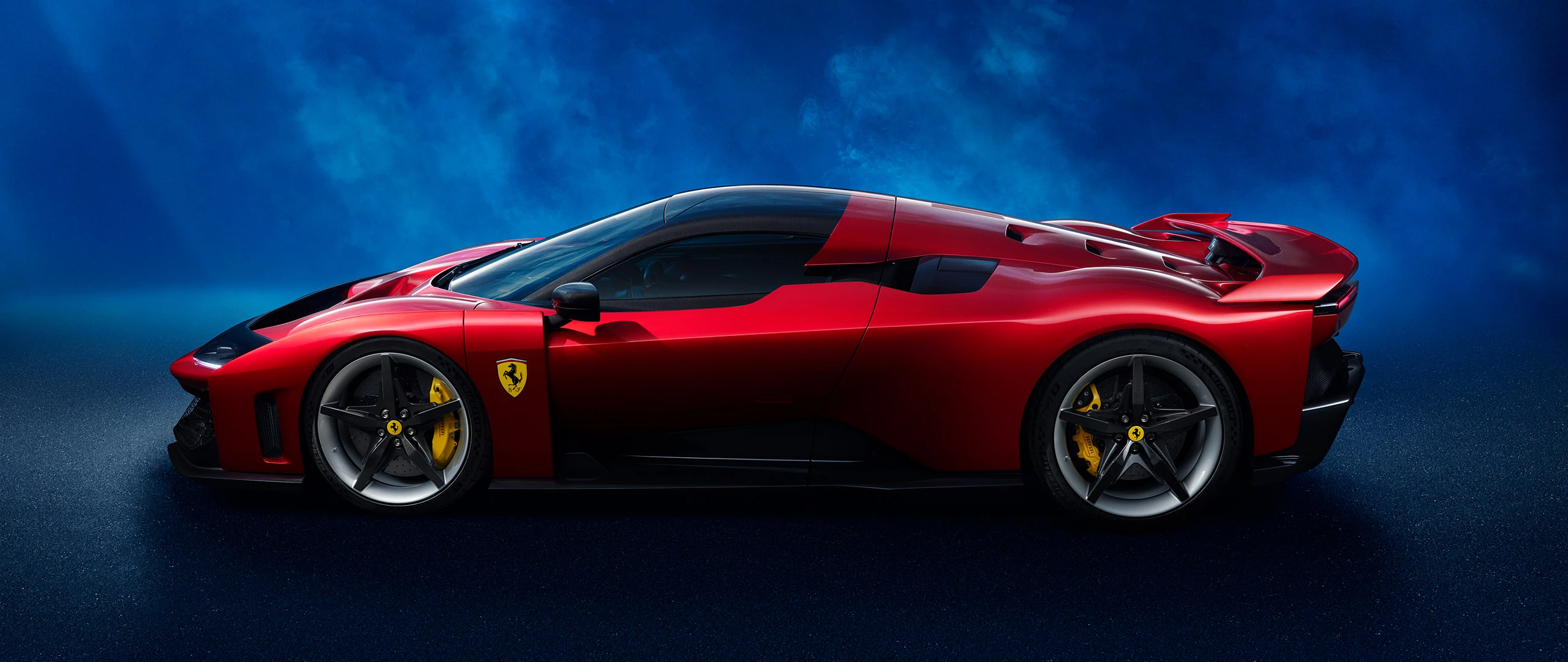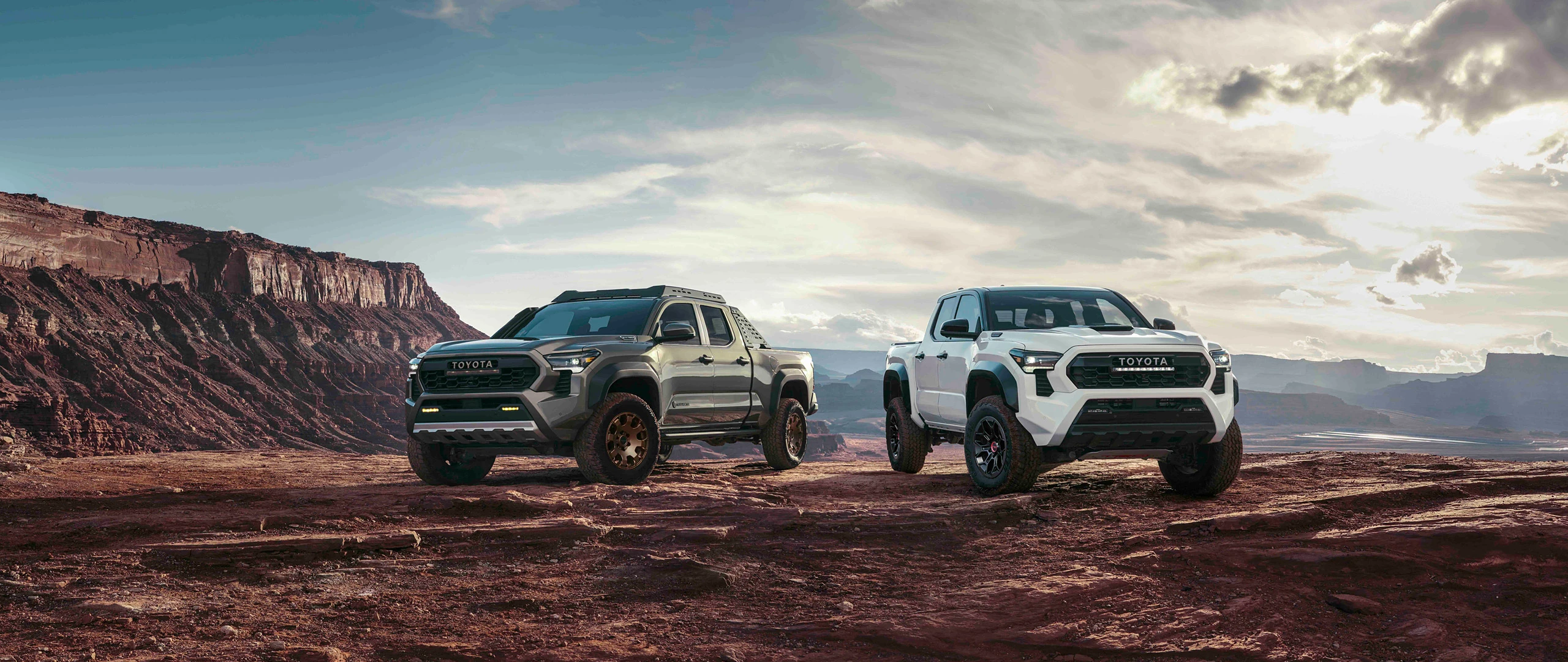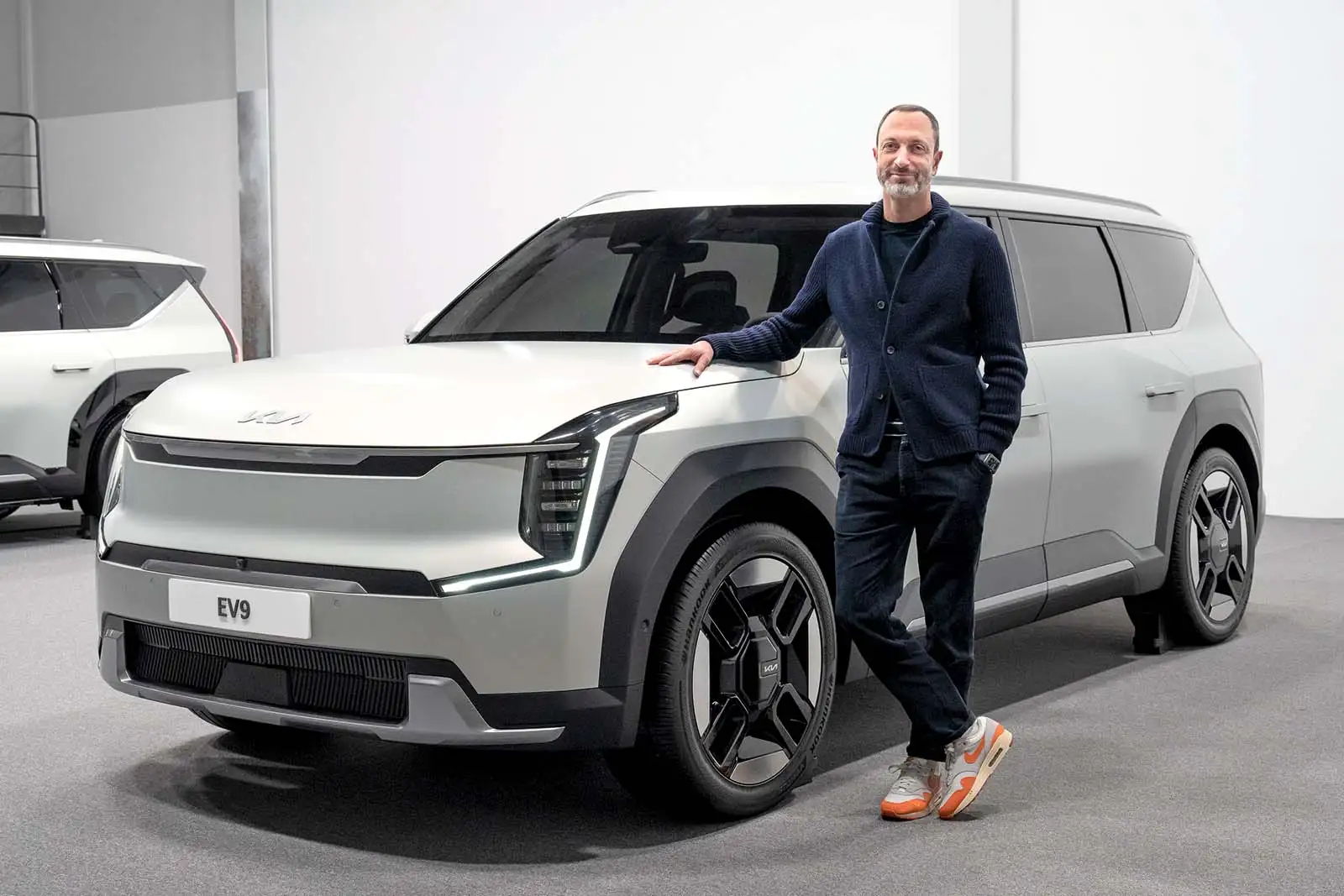The third-generation Nissan Leaf marks a significant departure from its previous iterations, showcasing a bold transformation in both design and strategic direction. Moving away from its compact hatchback roots, the new Leaf embraces the crossover segment, aligning with broader trends in the automotive industry where practicality, versatility, and performance are highly prized. This shift positions the Leaf as more than just an efficient commuter vehicle; it’s now a more assertive, stylish, and premium option within the rapidly growing EV market.
Design: A Bolder and More Dynamic Presence
Visually, the new Leaf adopts a more upright stance, shedding its previous utilitarian, rounded profile for a dynamic and aerodynamic shape. Nissan has clearly taken inspiration from its larger sibling, the Ariya, evident in the sleek yet commanding front-end design. The integration of the signature V-motion grille and sharp, angular headlights gives the Leaf a futuristic and cohesive look, while the pronounced wheel arches and aggressive body creases imbue the car with a confident, planted stance—a significant leap from the more subtle design language of earlier Leaf models.
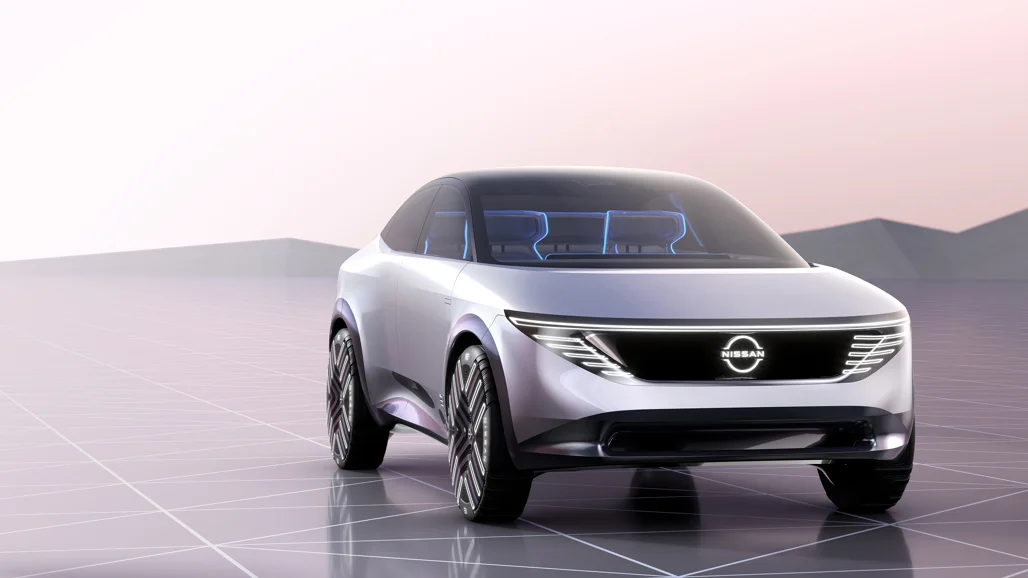
Aerodynamics and Efficiency
Aerodynamics are central to the redesign, with the Leaf’s roofline gracefully tapering towards the rear to improve airflow, contributing to its impressive 373-mile range. The smooth, sculpted bodywork, paired with a carefully engineered front bumper and side sculpting, reduces drag and maximizes efficiency without compromising on the car's striking aesthetic. This represents a shift for the Leaf, positioning it as not just an efficient EV, but a stylish statement piece that grabs attention while excelling in functionality.
Wheels: A Premium Touch
In a notable departure from past iterations, the new Leaf features 19-inch wheels—a size much larger than the smaller, efficiency-focused rims of its predecessors. This design choice is a clear response to consumer expectations for more premium, performance-oriented styling in today’s EV market. The larger wheels not only fill the wheel wells more effectively, but also elevate the Leaf’s overall presence on the road, giving it a much more premium and dynamic look.
Interior: Tech and Luxury Combined
Inside, Nissan aims to deliver a more upscale and tech-forward experience. Though specific details remain under wraps, the new Leaf is expected to feature digital displays, an intuitive infotainment system, and premium materials that push the vehicle further into the premium category. The panoramic moonroof, a first for the Leaf, brings in a sense of openness and luxury, offering both practicality and an elevated experience for passengers. This interior overhaul reflects Nissan's desire to present the Leaf as more than just a basic commuter car, but rather as a vehicle that rivals premium offerings in its segment.
Charging Infrastructure: Strategic Updates
Nissan has also made a strategic update by adopting the NACS charging port in the U.S. This allows the Leaf to access Tesla’s expansive charging network, greatly improving its usability for long-distance travel and further enhancing its appeal to consumers who need an EV that can go the distance. This move is not just practical, but also forward-thinking, acknowledging that charging infrastructure is a key factor in the widespread adoption of EVs.
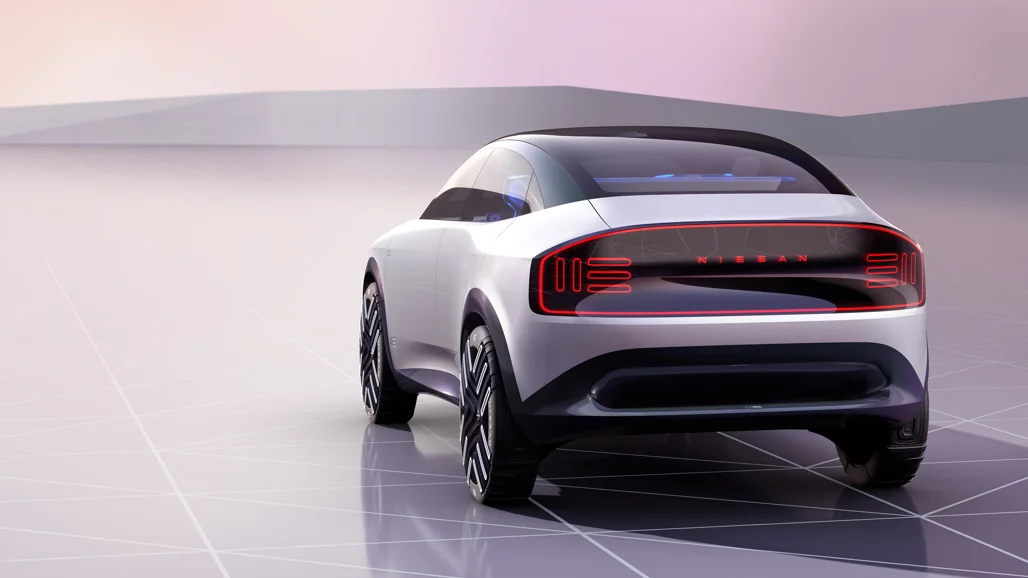
The Crossover Shift: Appeal and Potential Challenges
The move to the crossover segment aligns with broader industry trends—where consumers are increasingly seeking versatility, higher driving positions, and family-friendly interiors. However, this shift raises an important question: will traditional Leaf owners, who were drawn to the original car’s compact size and affordable pricing, embrace this change? While the redesign opens the Leaf up to new buyers, it remains to be seen whether long-time customers will feel alienated by the departure from the Leaf’s humble hatchback origins.
A New Leaf for Nissan: Repositioning for the Future
Despite these challenges, the new Leaf is a clear reinvestment in Nissan’s EV strategy. It is no longer just a practical and efficient vehicle; it now embodies performance, style, and premium appeal. The 373-mile range, modernized design, and enhanced technology are key components that make this redesign much more than an evolution—it’s a reinvention. The Leaf is now positioned to compete seriously in the ever-growing EV market, not only as an affordable option but as a desirable product for consumers seeking style, efficiency, and advanced technology.
A Flagship for Nissan’s Resurgence
Under the leadership of Ivan Espinosa, the redesigned Leaf serves as an important flagship for Nissan’s new era. This transformation could mark a significant milestone in the brand's effort to redefine perceptions of what a mass-market EV can be. With its bold new design, increased range, and technological advancements, the new Leaf is poised to capture the spotlight once again. If executed correctly, it could help Nissan recapture its leadership position in the electric vehicle market and prove that style and substance can go hand in hand in the world of affordable electric vehicles.
